First, let me show you a picture and see if you can guess where this is?
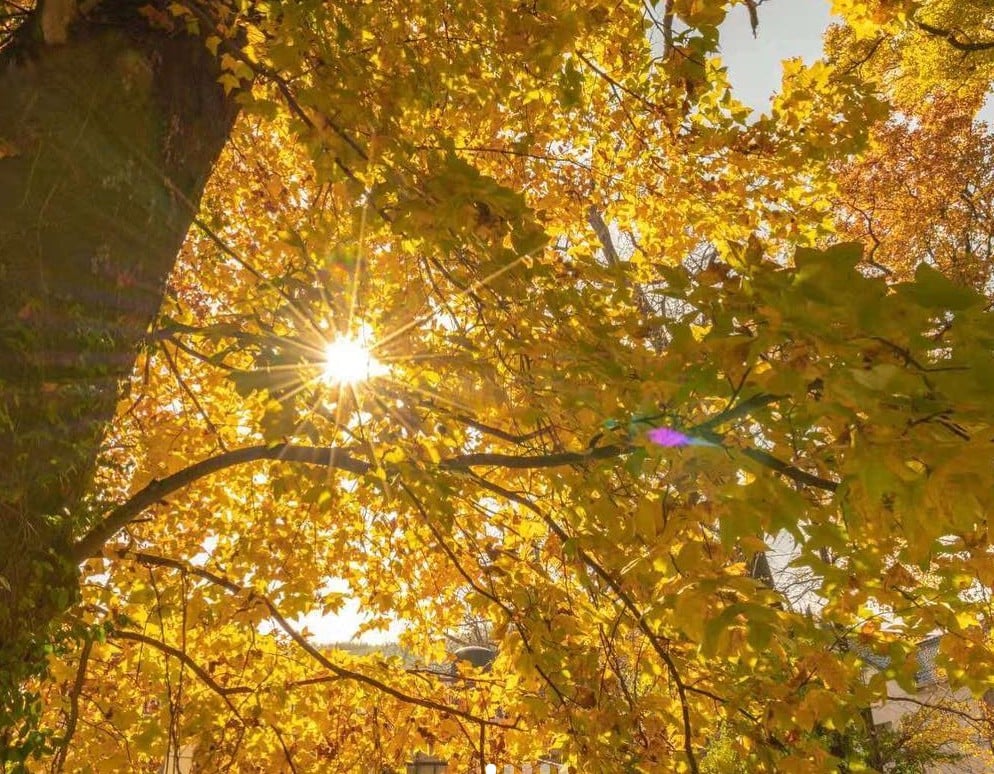
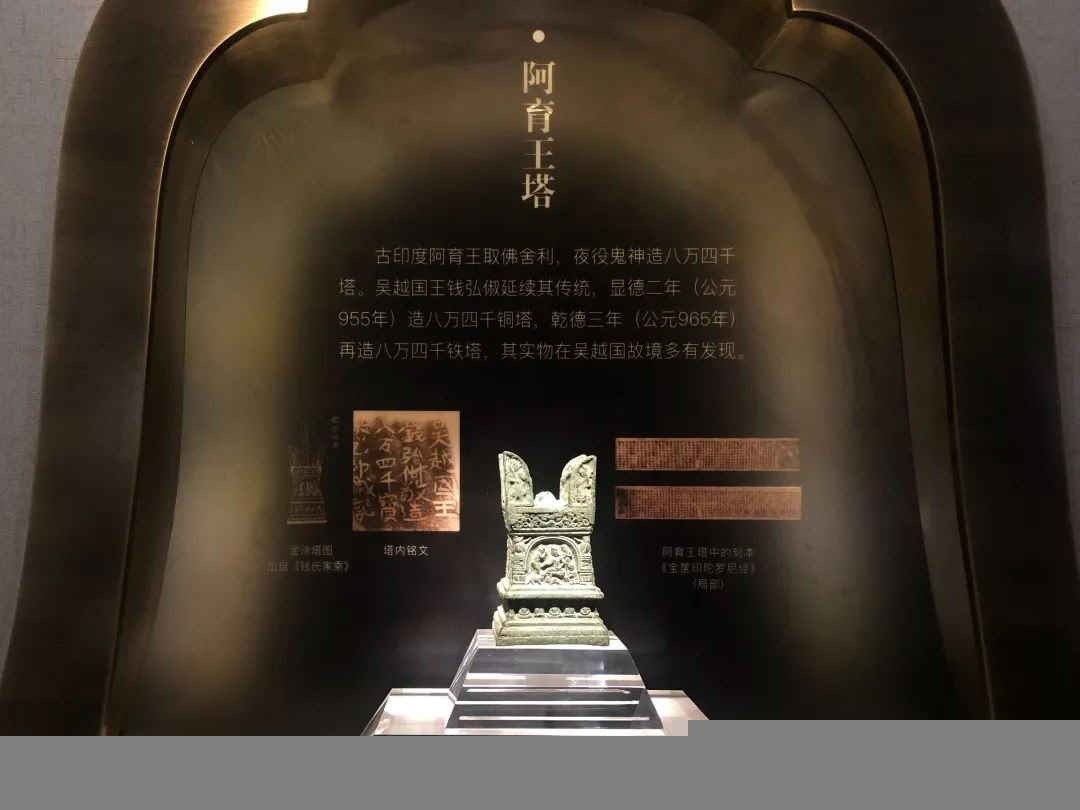
@
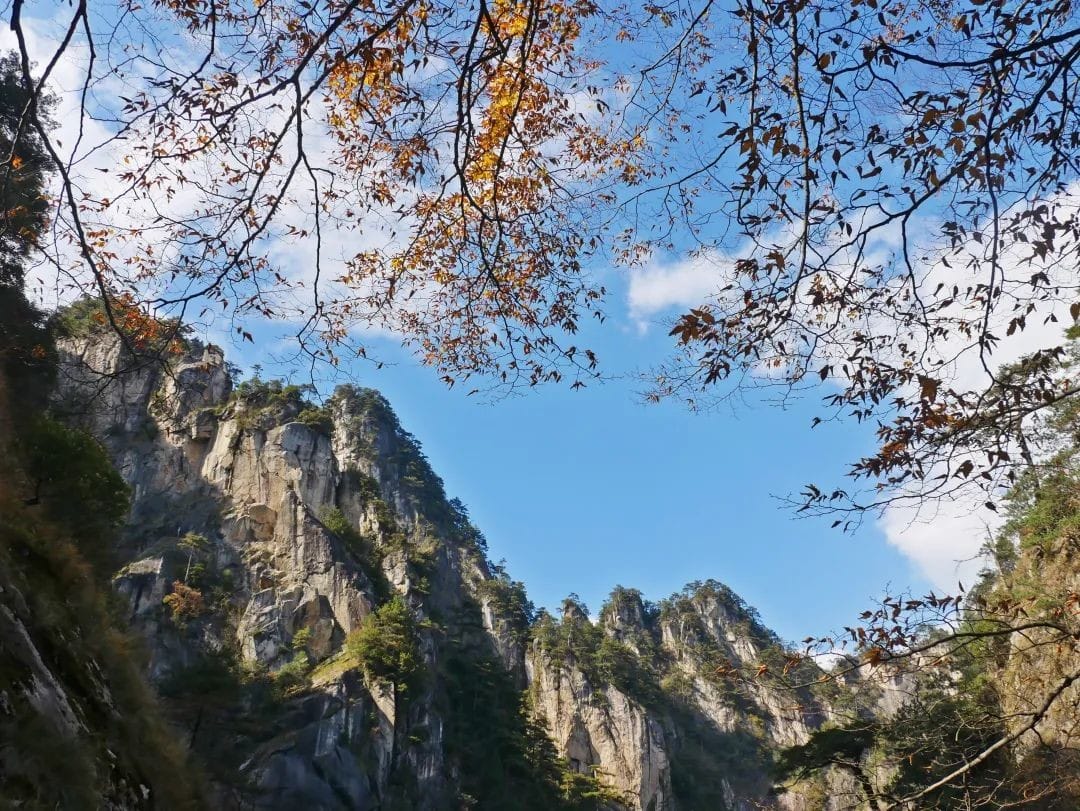
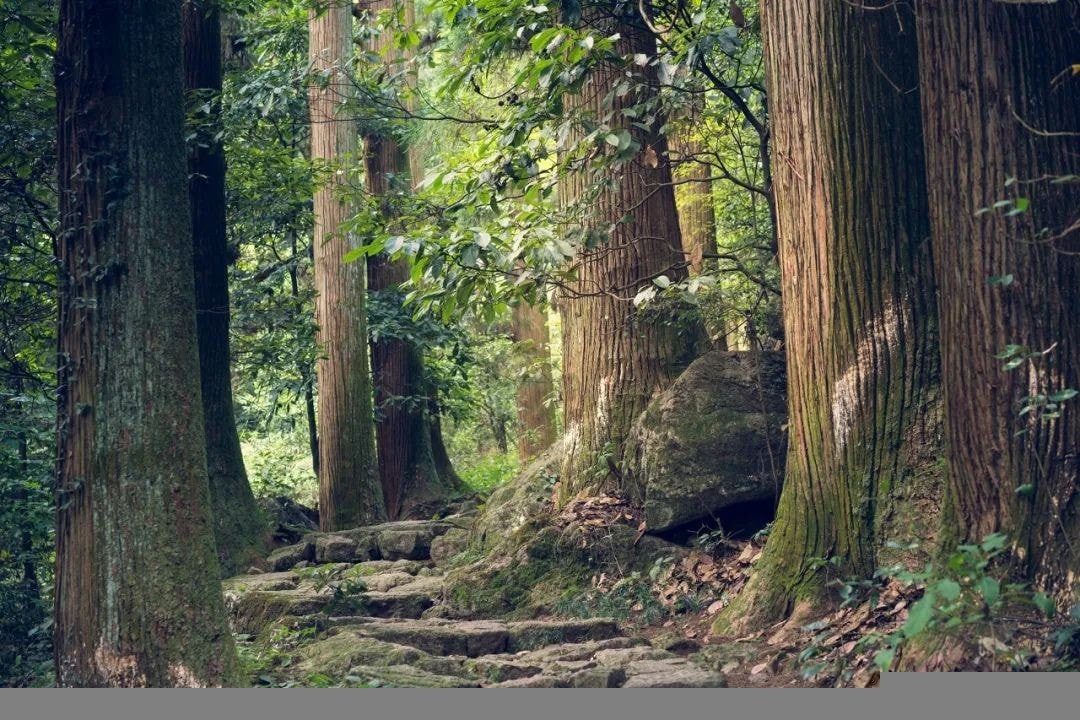
Changbai Mountains? Jilin? Heilongjiang? No, no, no, actually this is in Lin’an, Hangzhou. I’ll keep the exact location in Lin’an a mystery for now, but I’ll reveal it later in the article~
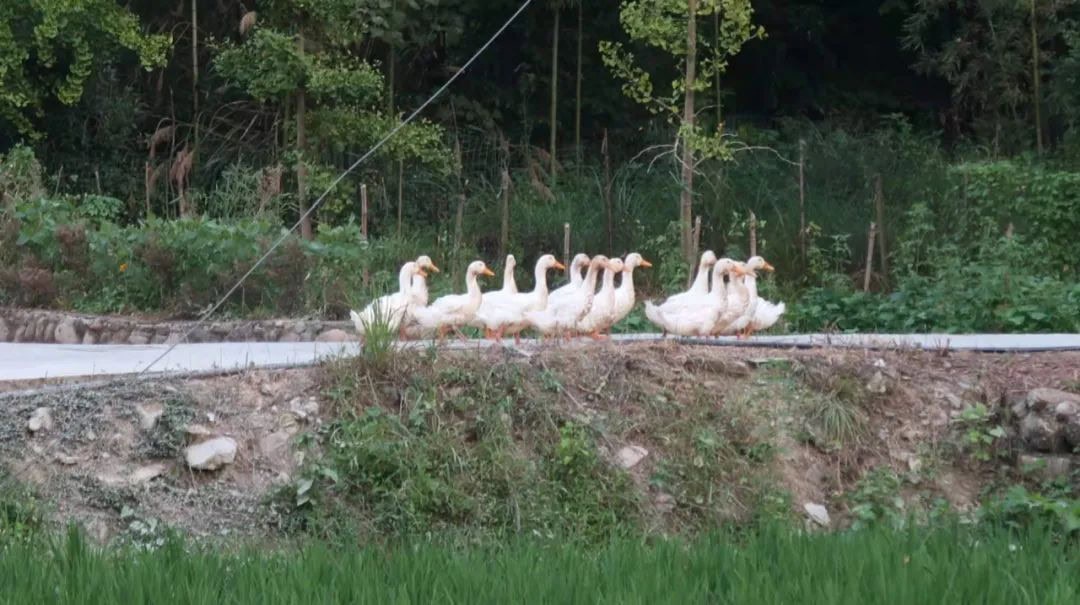
@
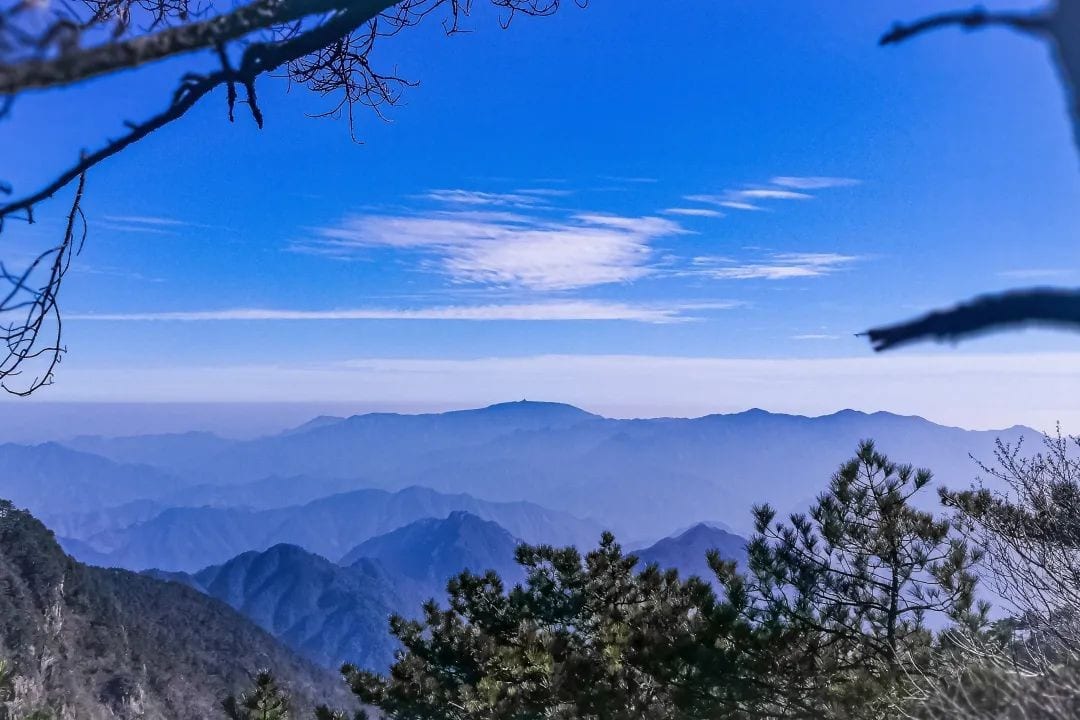
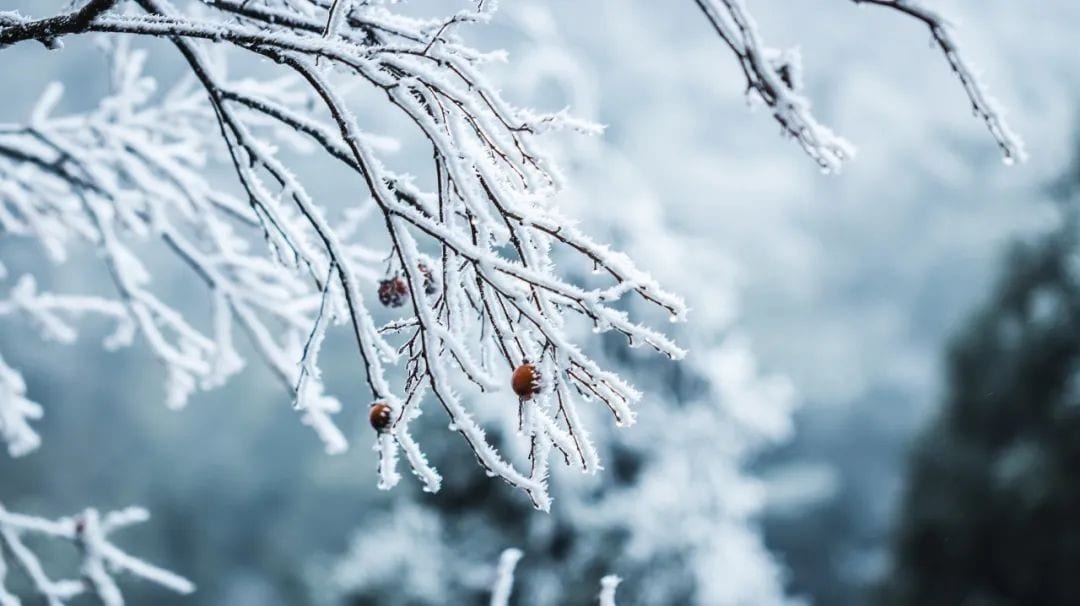
For those from out of town, Lin’an might sound unfamiliar. But for Hangzhou locals, Lin’an is like a backyard garden, where they often go on weekends, never tiring of it.
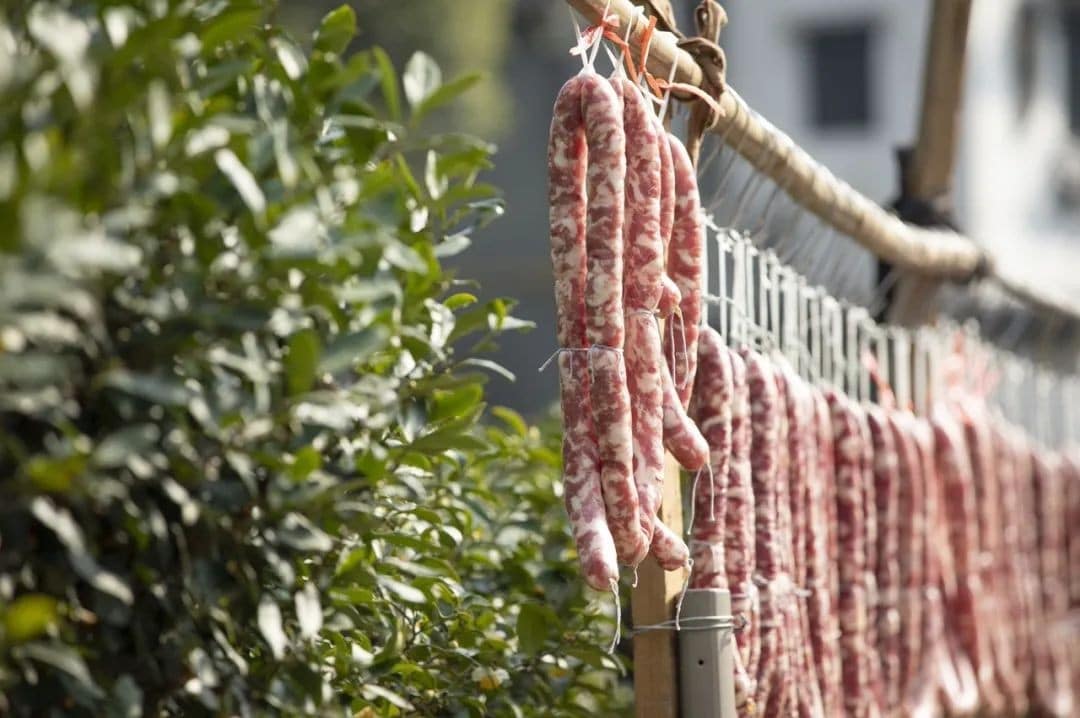
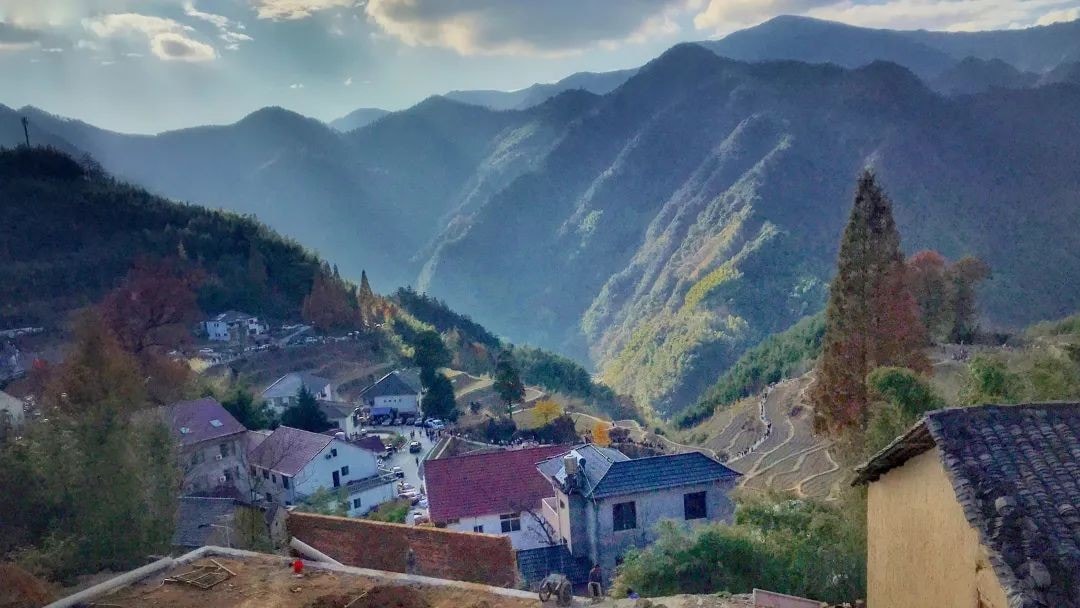
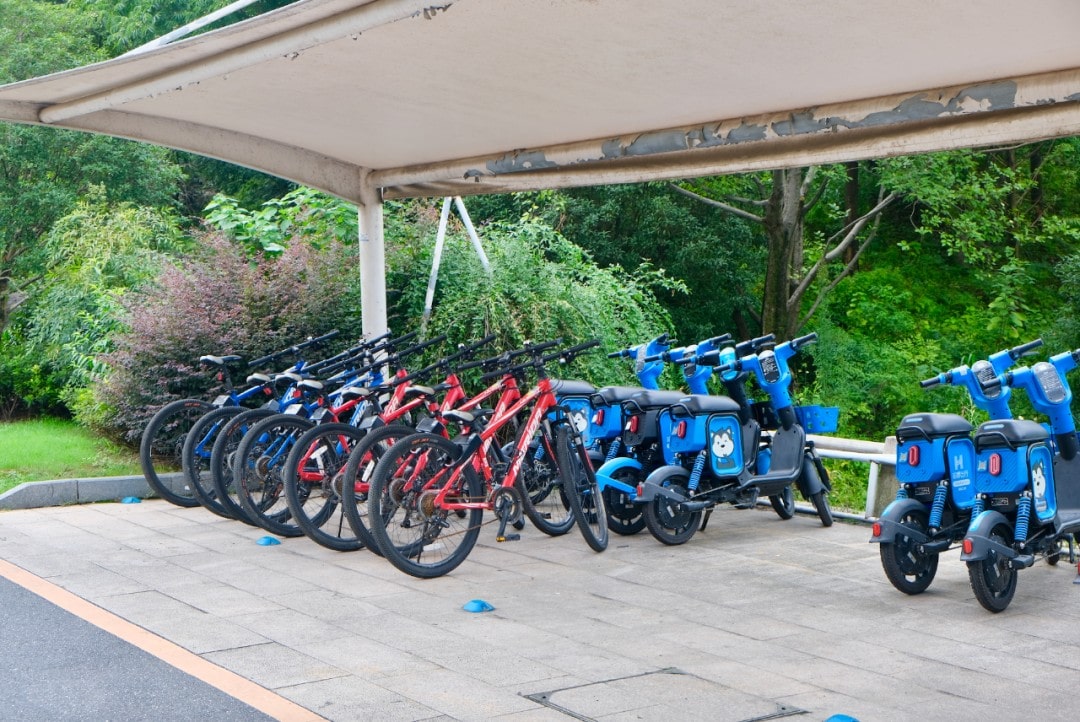
Although Lin’an is now the tenth district of Hangzhou, its vibe is quite different from Hangzhou. The pace in Lin’an is leisurely, and people here live a more relaxed and carefree life. Every time I go to Lin’an, I feel that escaping the double-speed life and enjoying a leisurely day amidst green mountains and clear waters is so delightful.
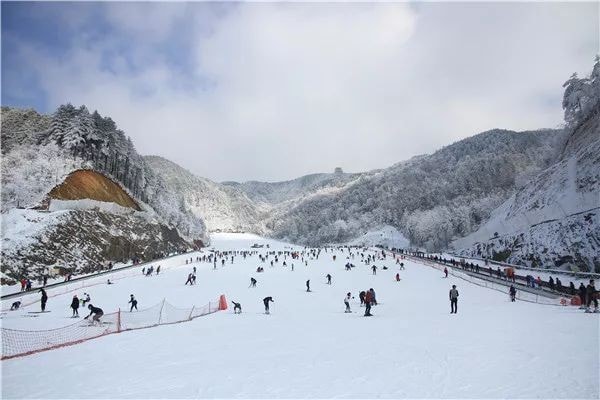
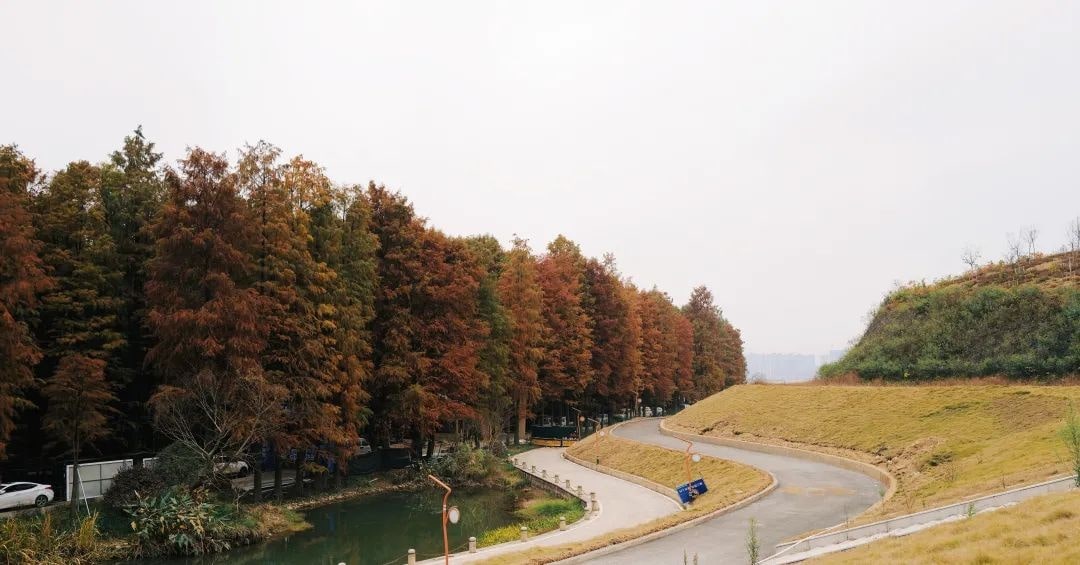
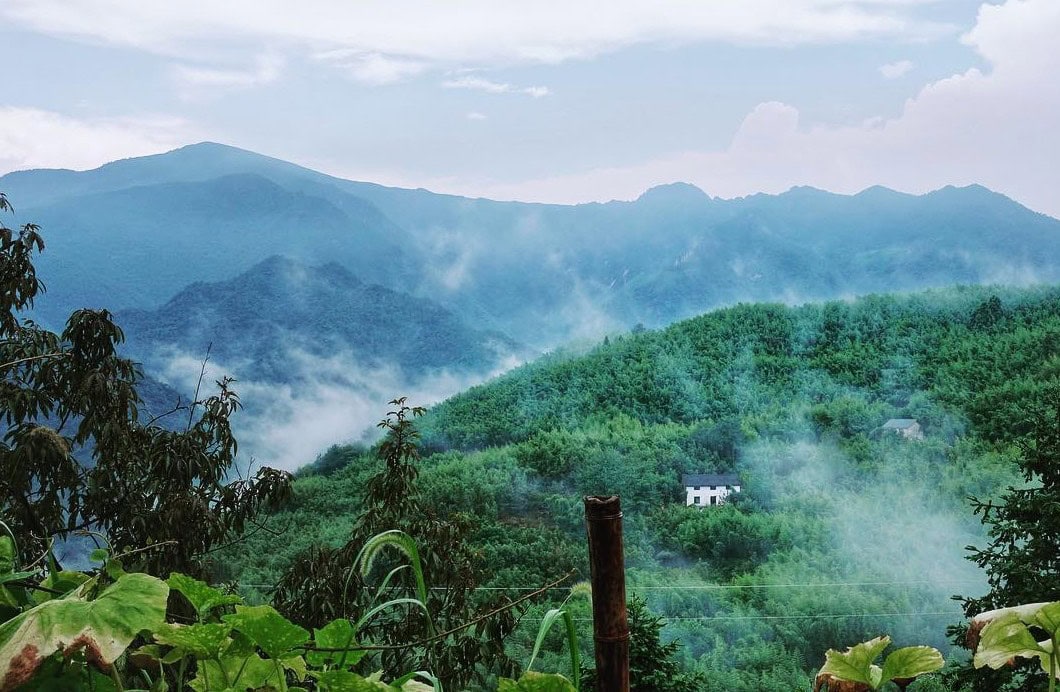
I’ve also heard that Lin’an has a forest coverage rate of 76%. Visiting Lin’an with its dense forest, even without a plan and just wandering around with your phone off, feels like giving your eyes a spa treatment.
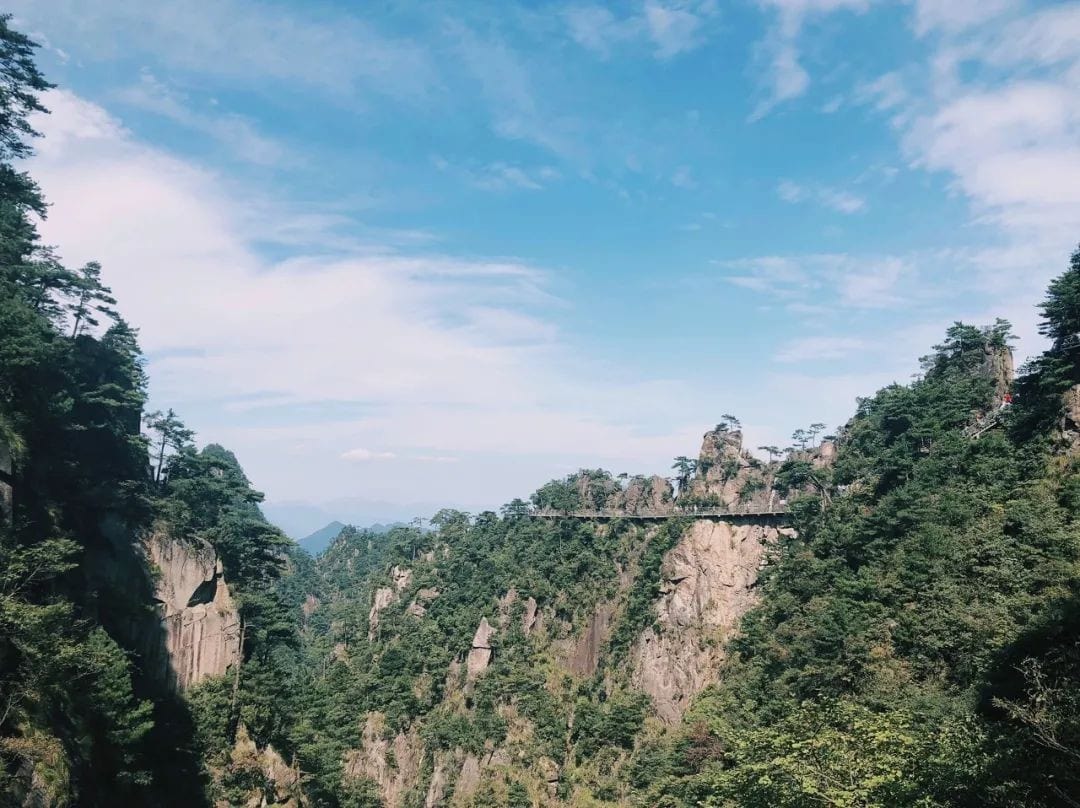
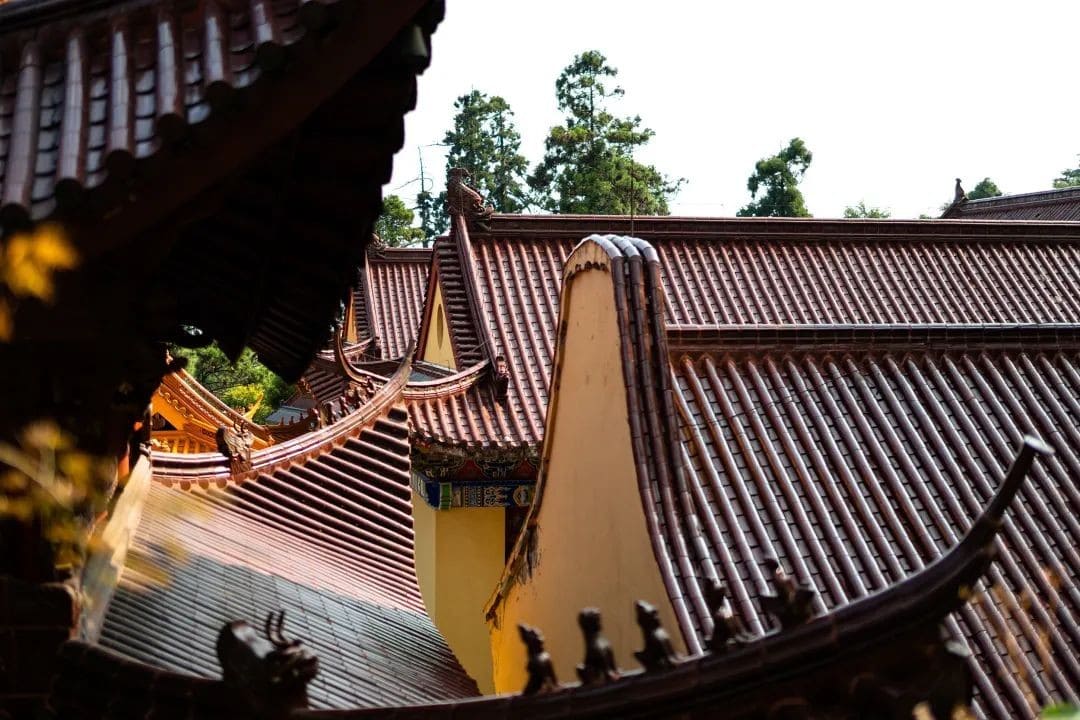
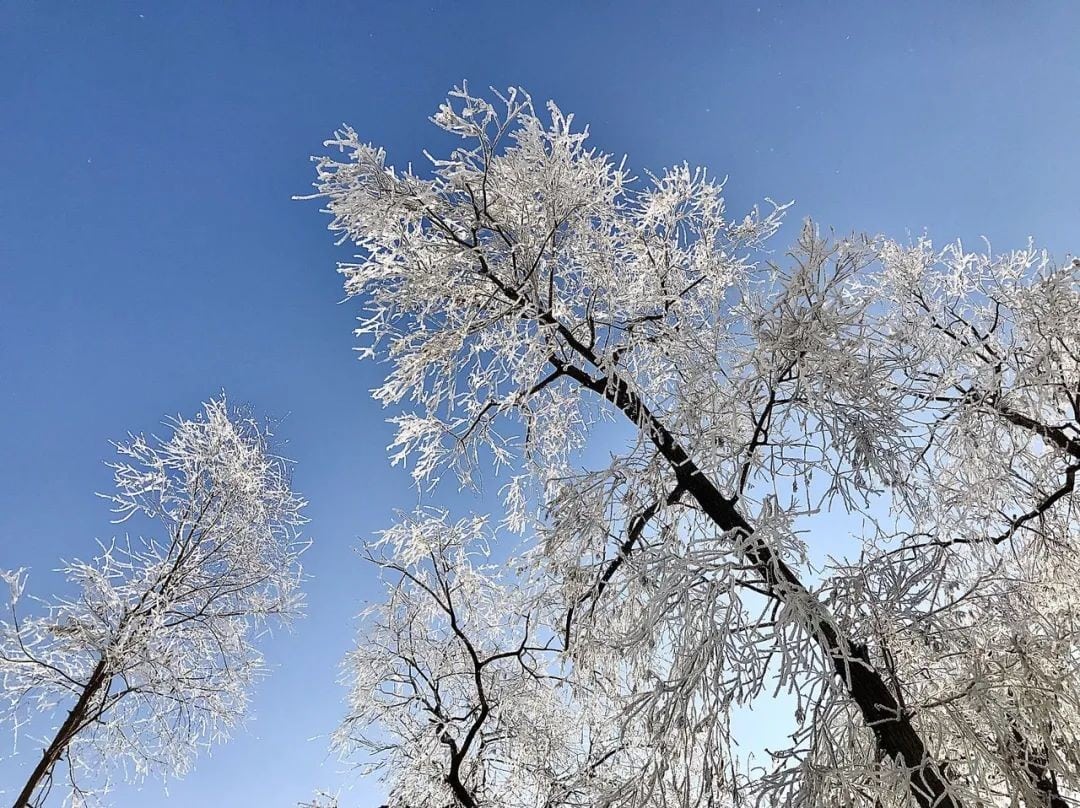
Since the opening of Metro Line 16, it has become even more convenient to travel from downtown Hangzhou to Lin’an. In the Shanghai-Nanjing-Hangzhou metropolitan area, Lin’an is also easily accessible, although it doesn’t have a high-speed rail station yet, the driving time is generally within 3 hours.
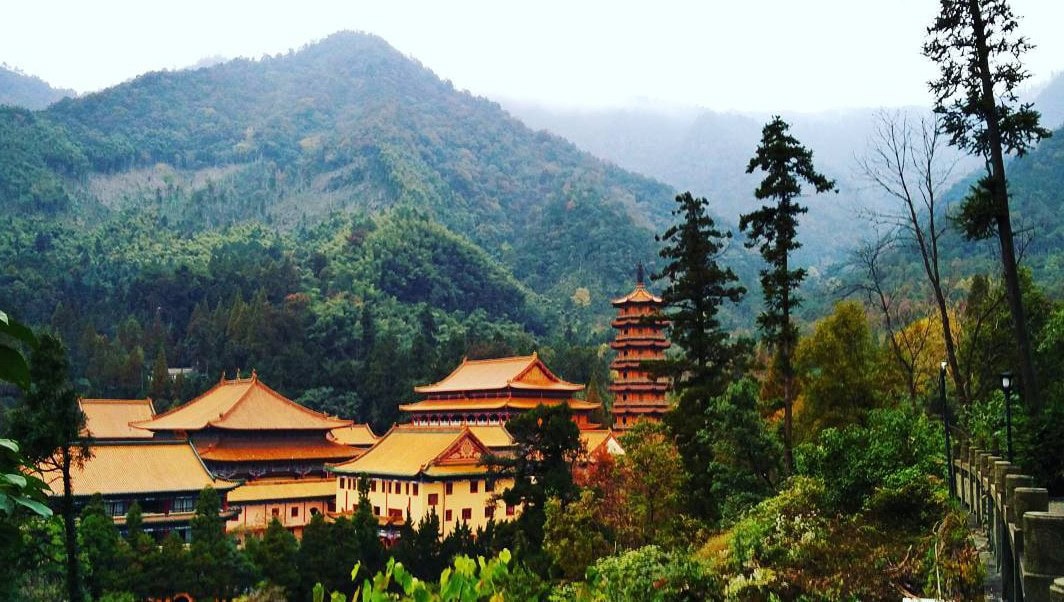
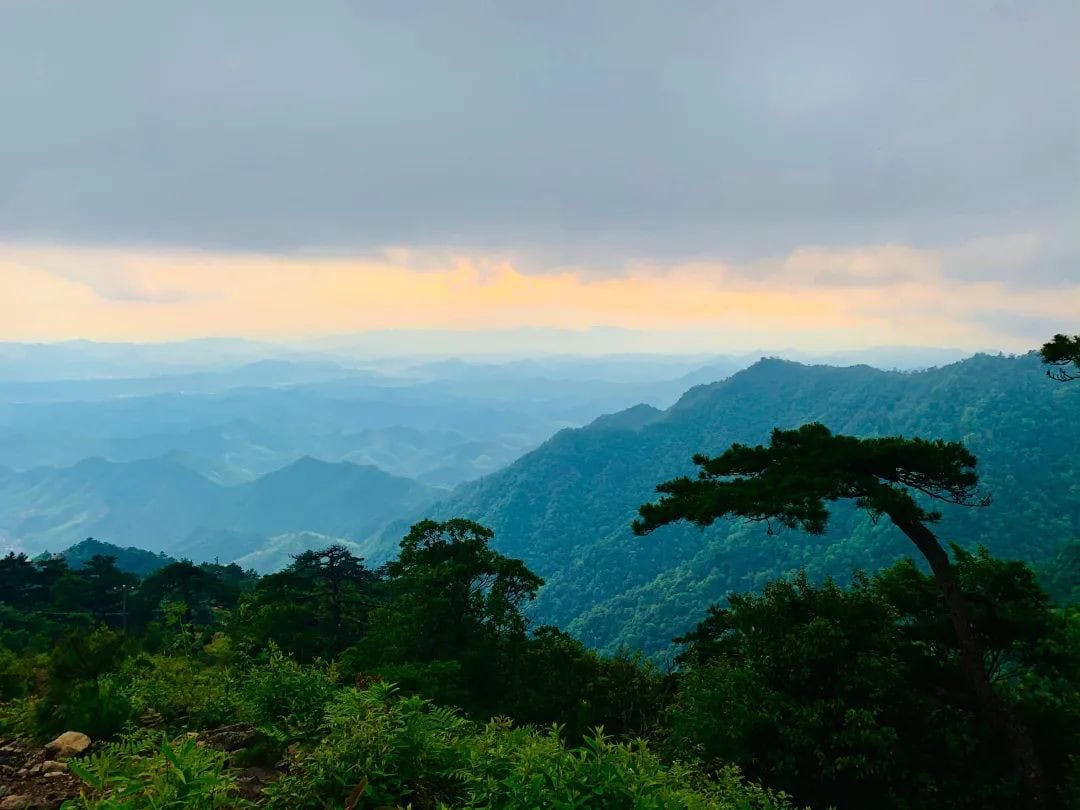
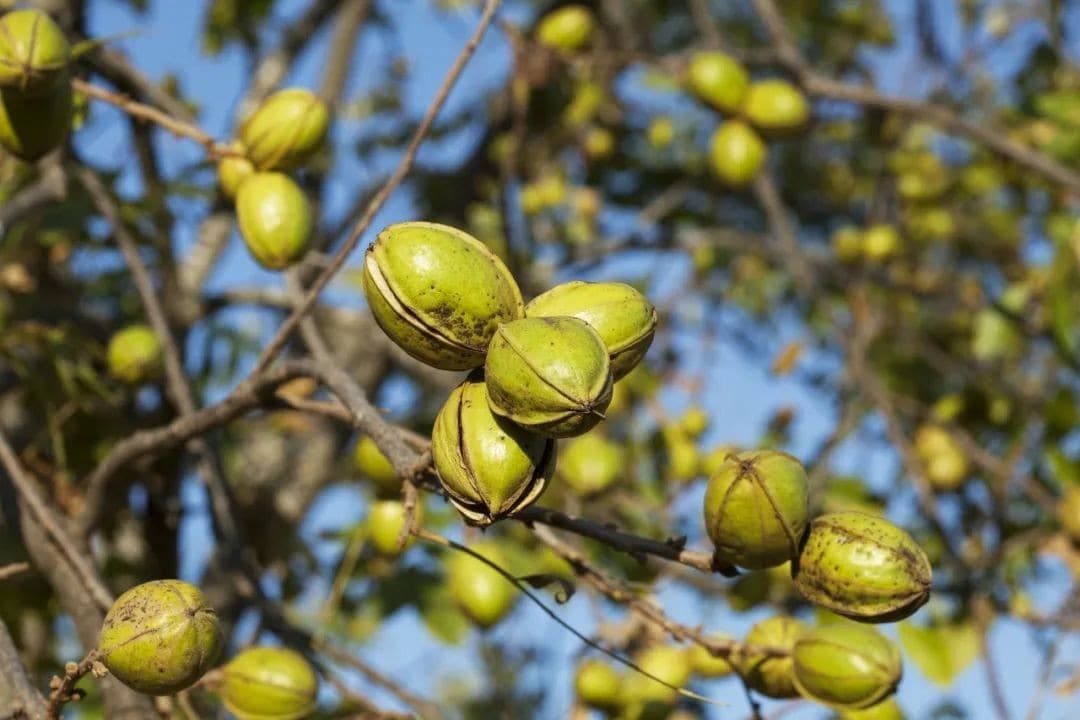
How should you enjoy Lin’an, which is beautiful all year round? For those who want to take it easy, just follow my guide~
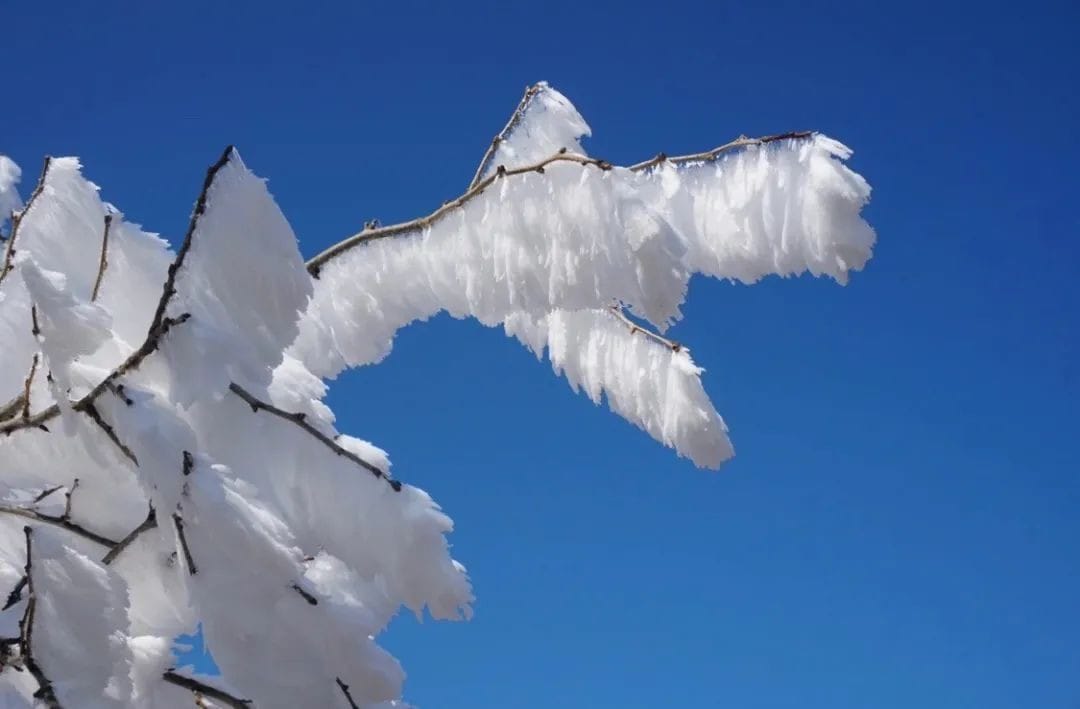
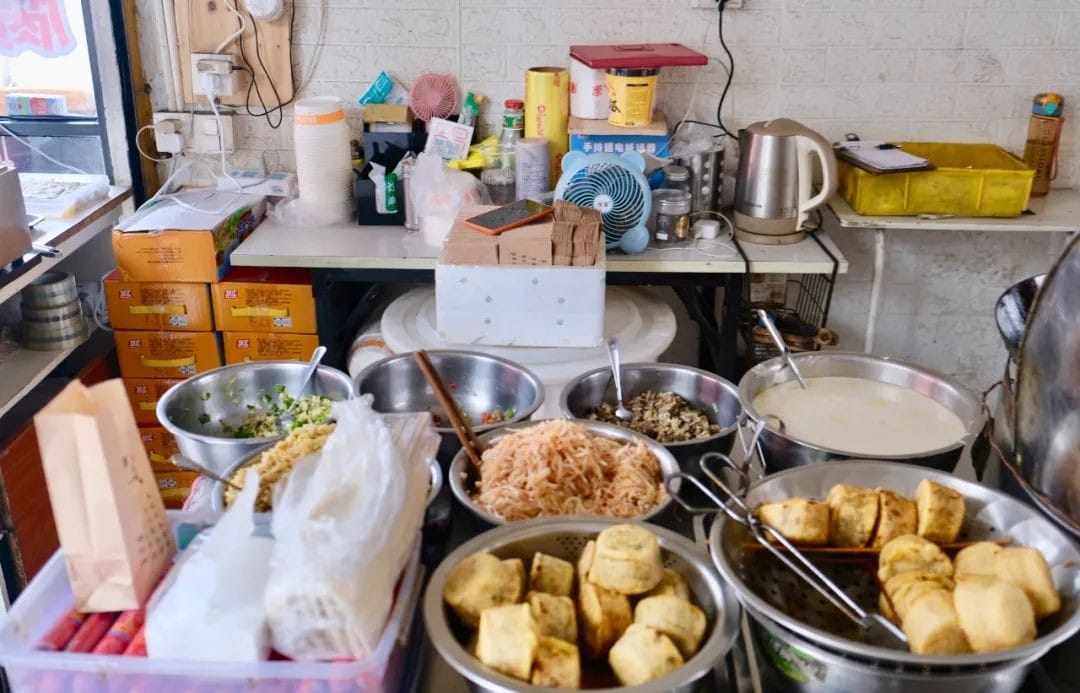
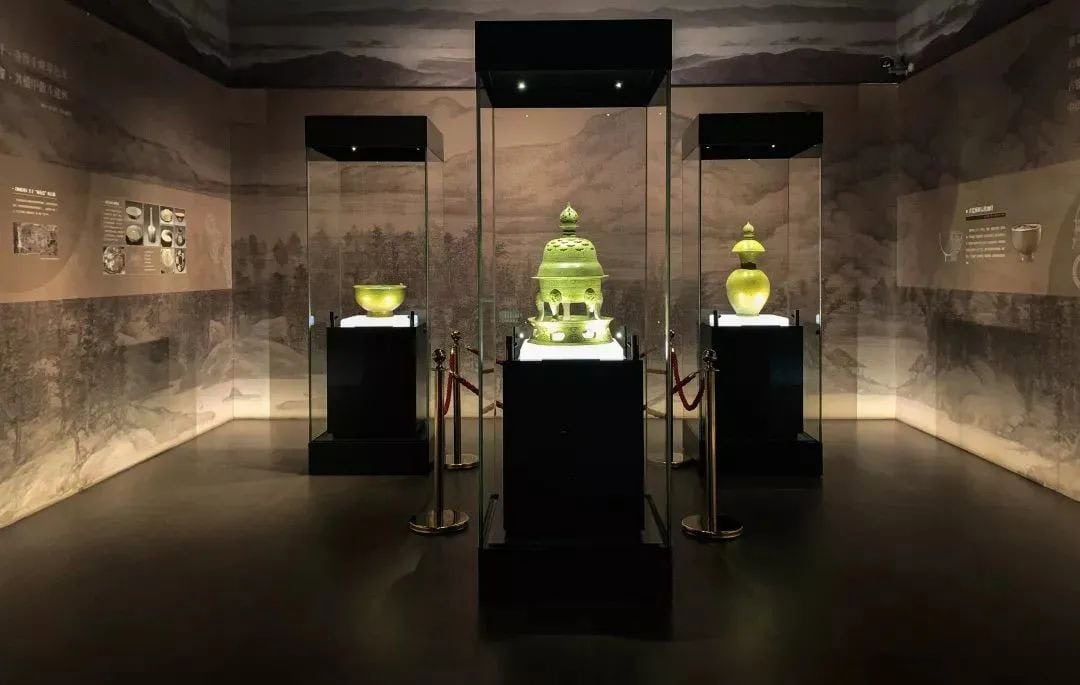
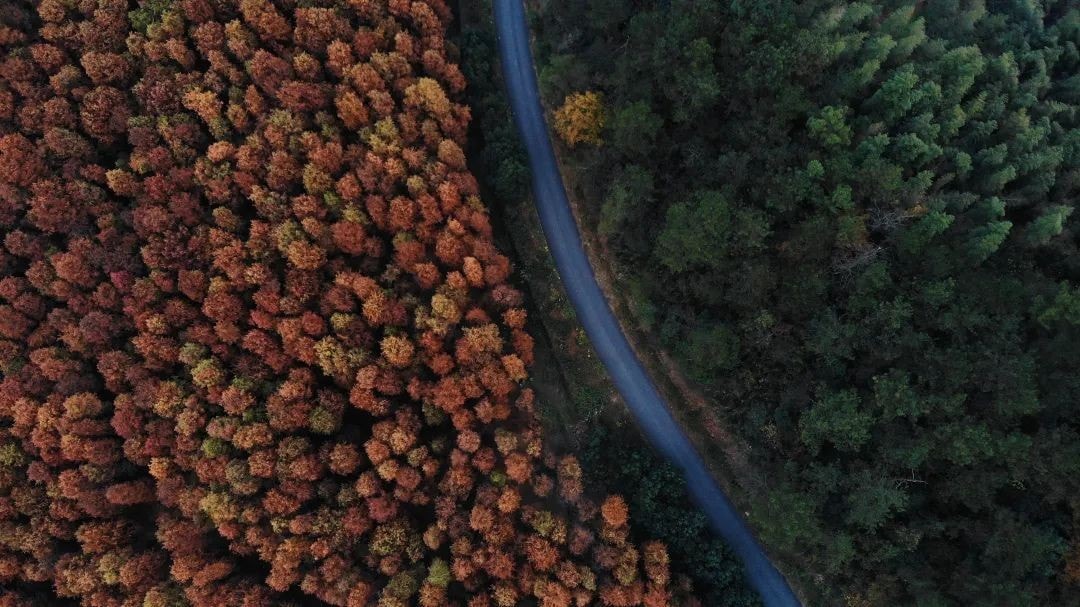
⛰️🍂⛰️
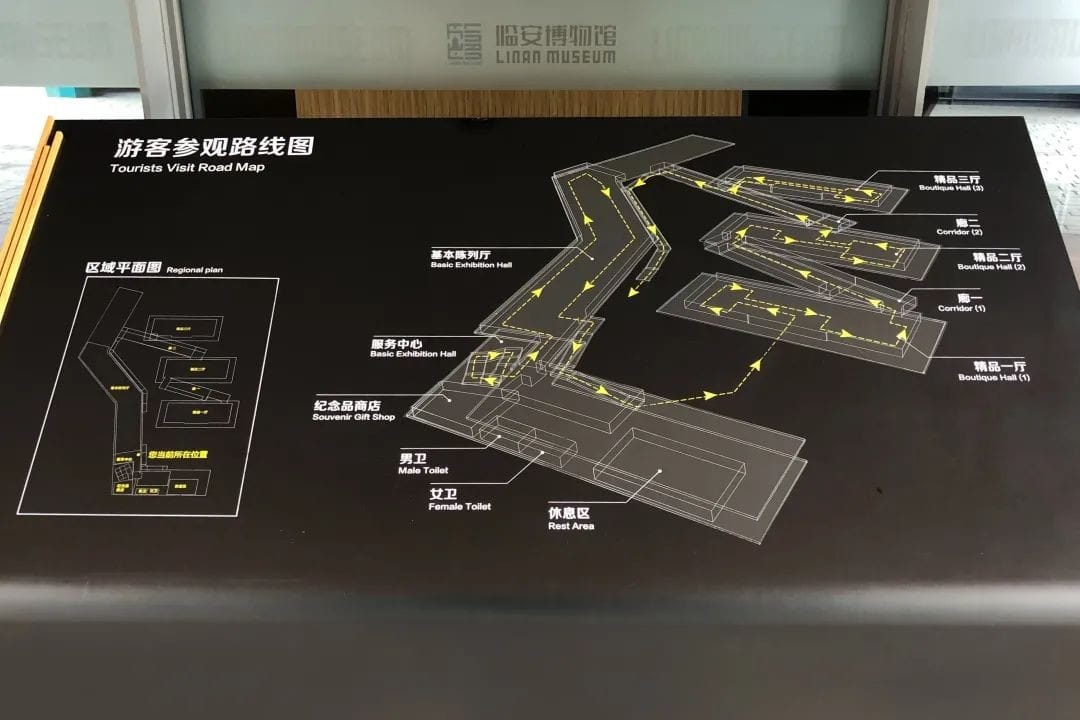
Enjoying Lin’an, Scenery All Year Round
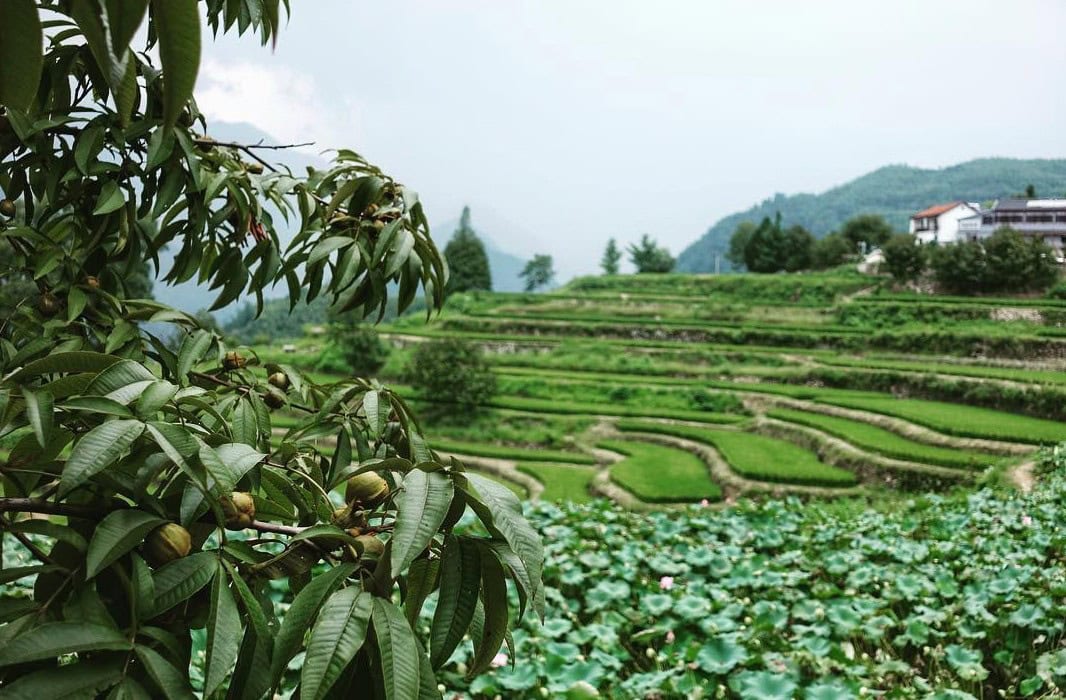

Qingshan Lake
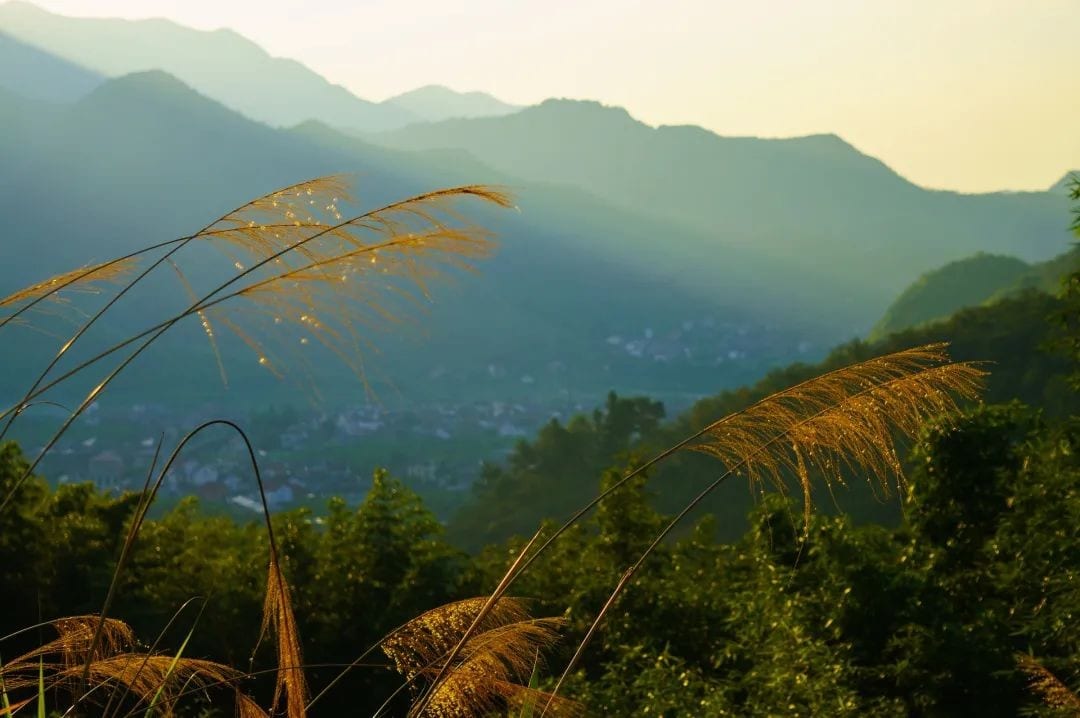
Admission: Free
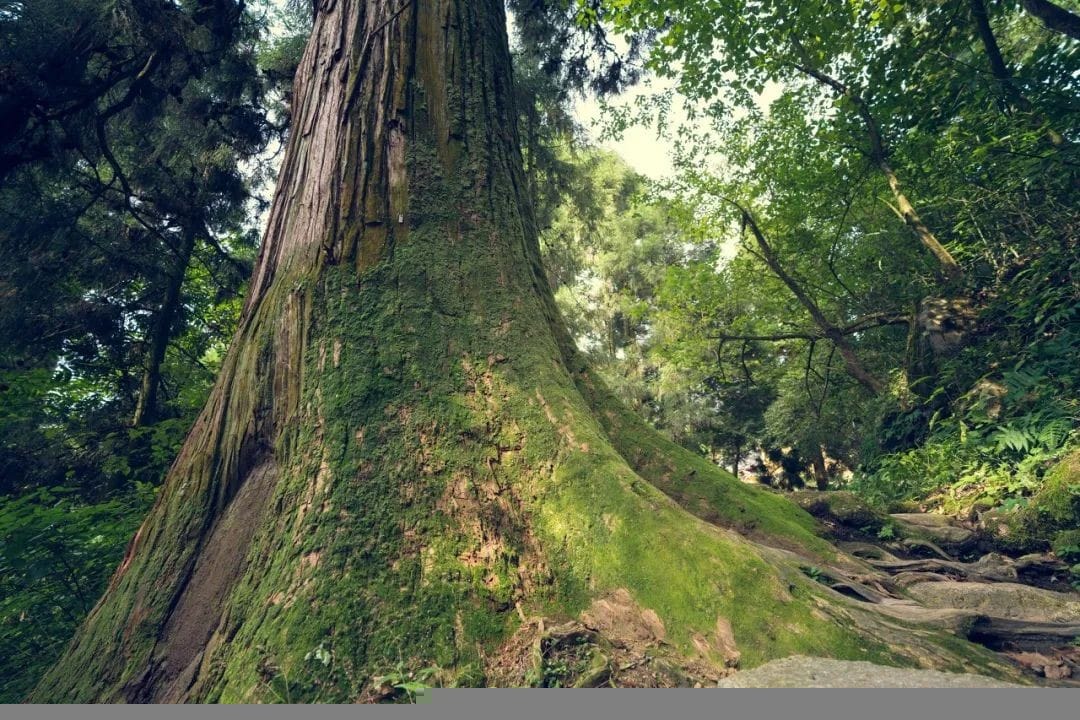
Opening Hours: All Day
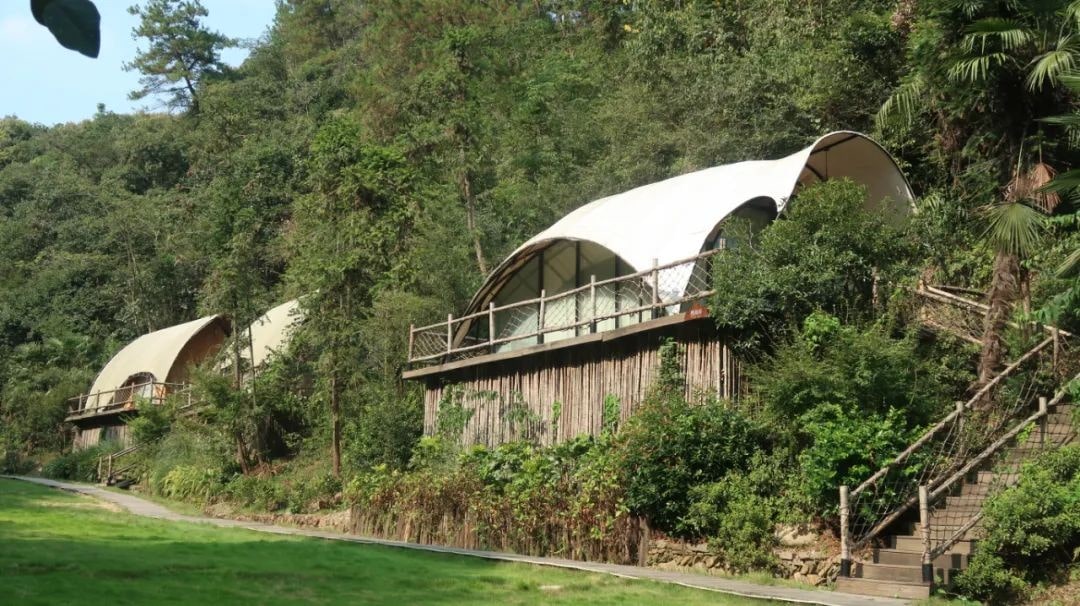
Address: Qingshan Lake Scenic Area, Hangzhou
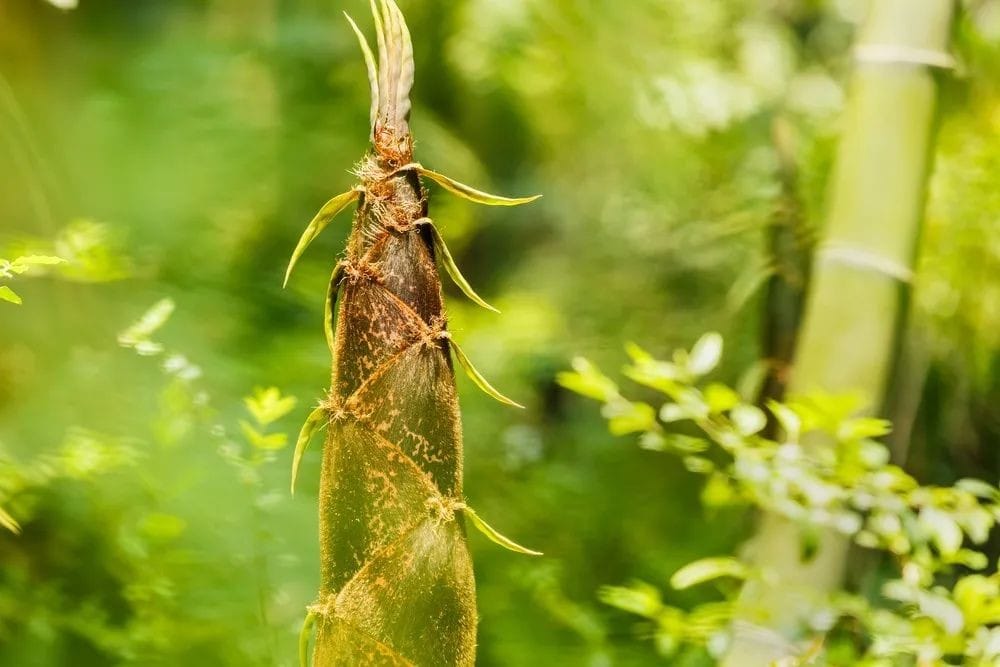
From downtown Hangzhou to Qingshan Lake Scenic Area, it takes about an hour by car. Gua Gua is a loyal fan of Qingshan Lake, visiting it every now and then, and you can see all four seasons of Qingshan Lake through her.
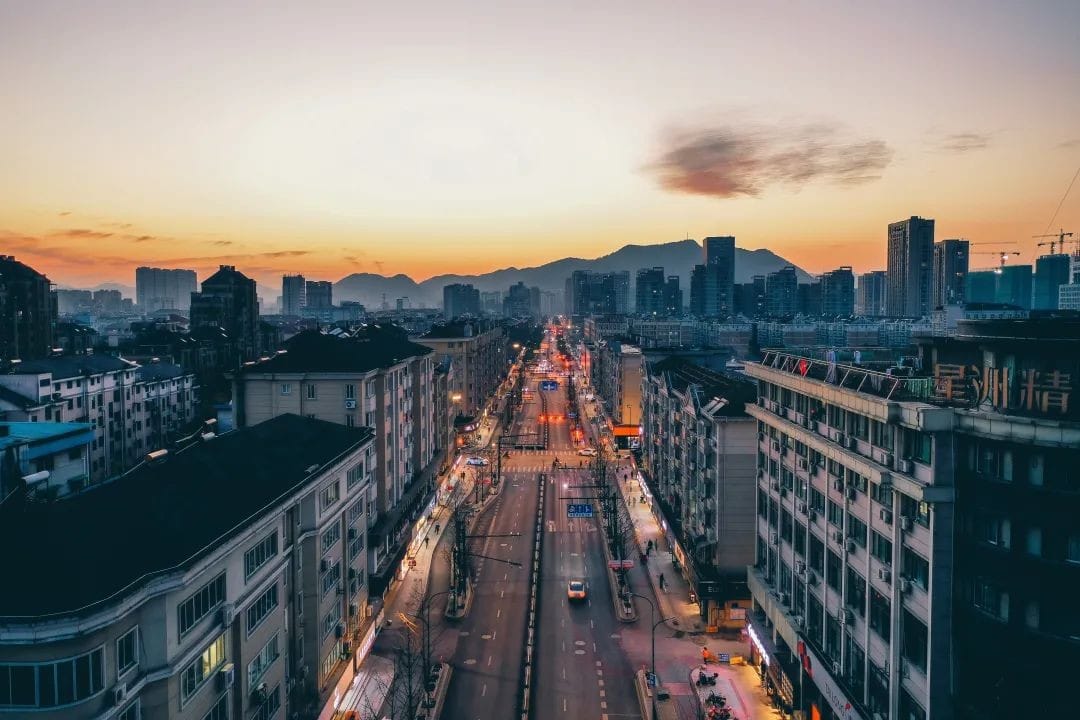
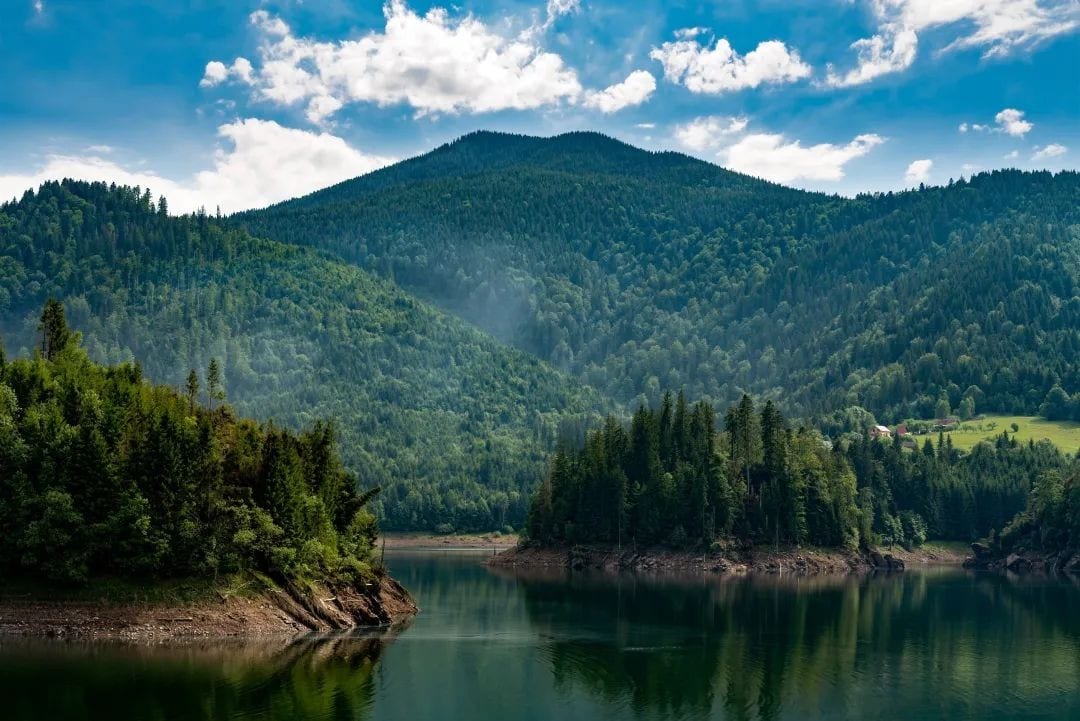
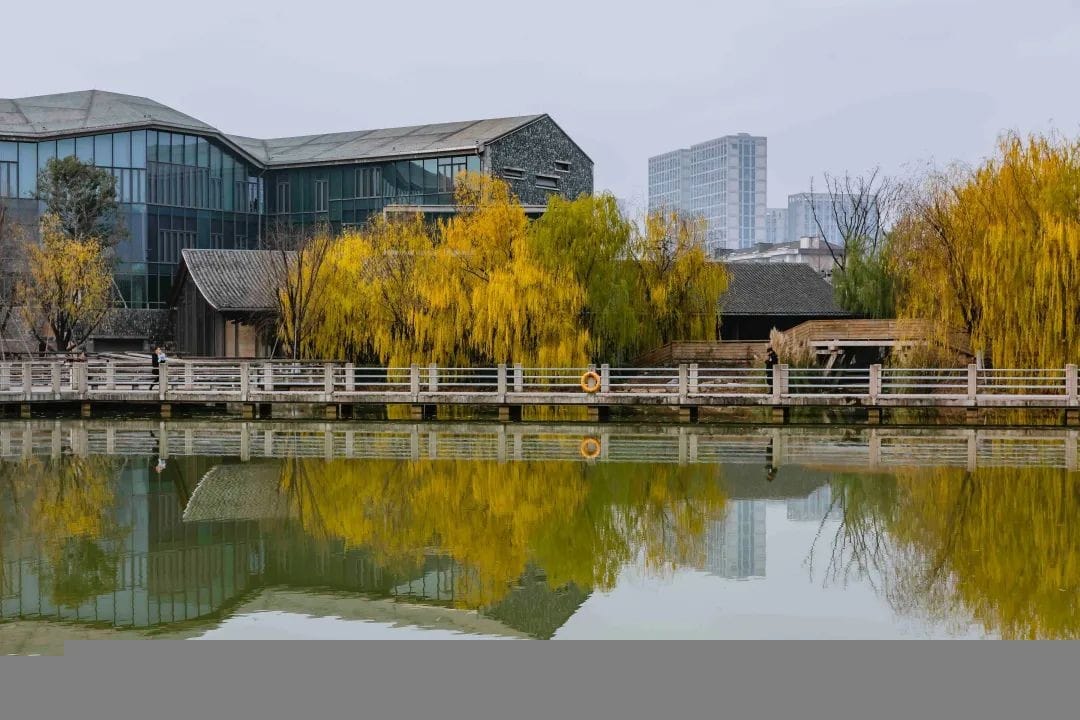
The most beautiful area of Qingshan Lake should be the water cypress forest in the North Lake, which were imported from the Amazon in the 1960s.
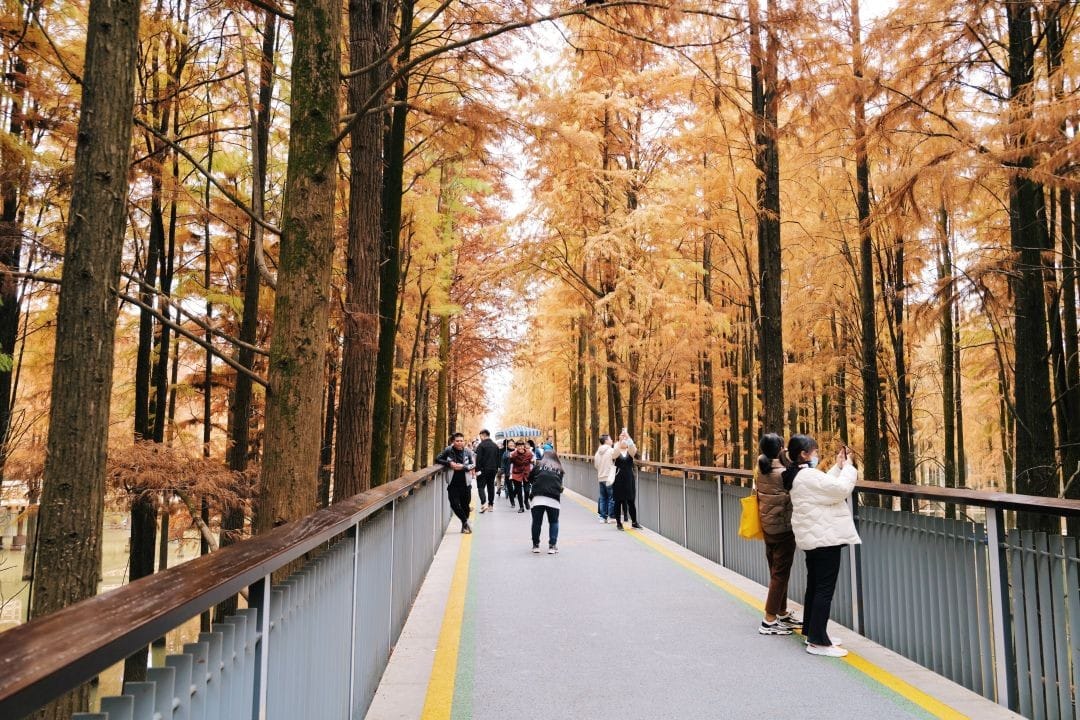
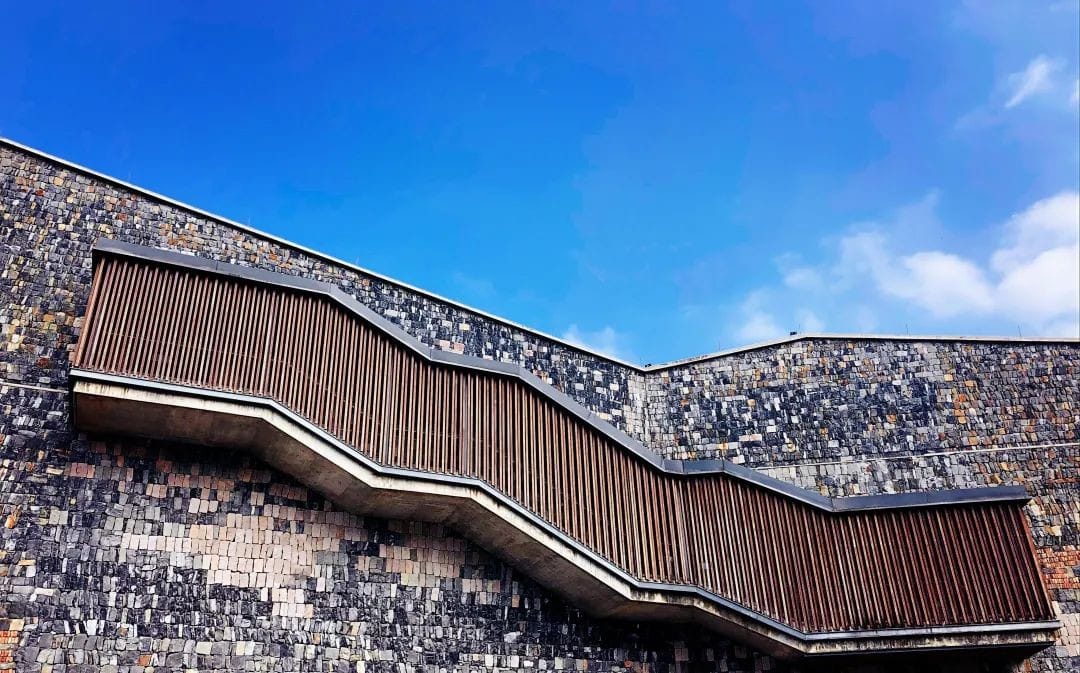
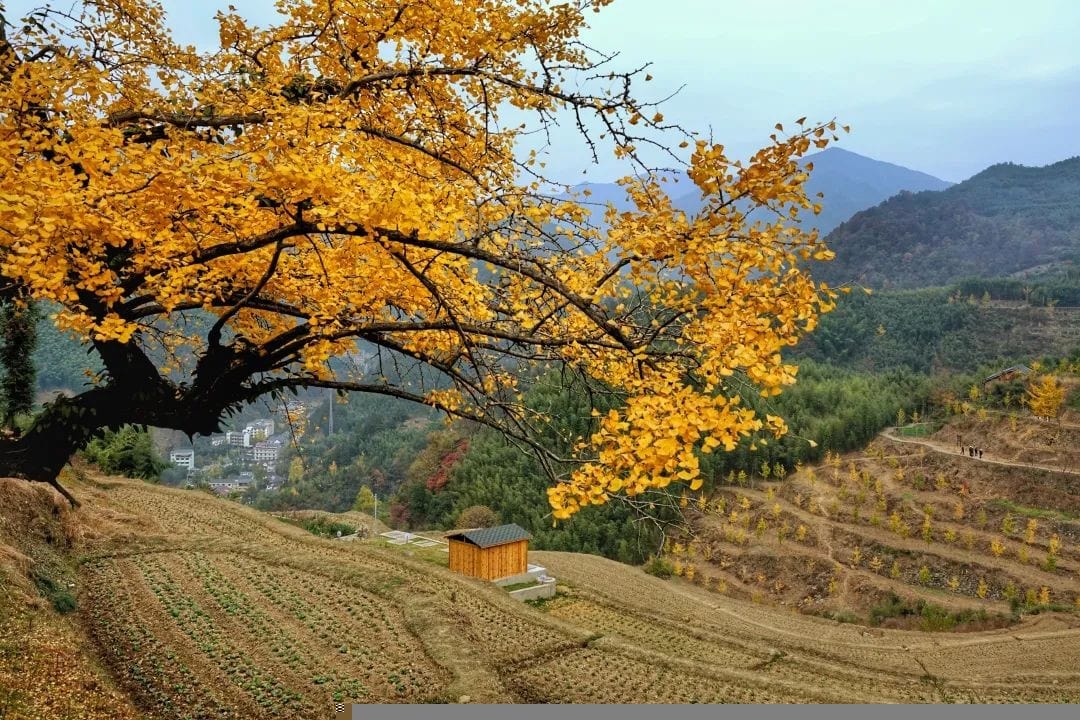
This 1 million square meter water park is quite rare in China. Trees growing in water, boats sailing through the forest, people walking in a painting—this is the joy of visiting Qingshan Lake.
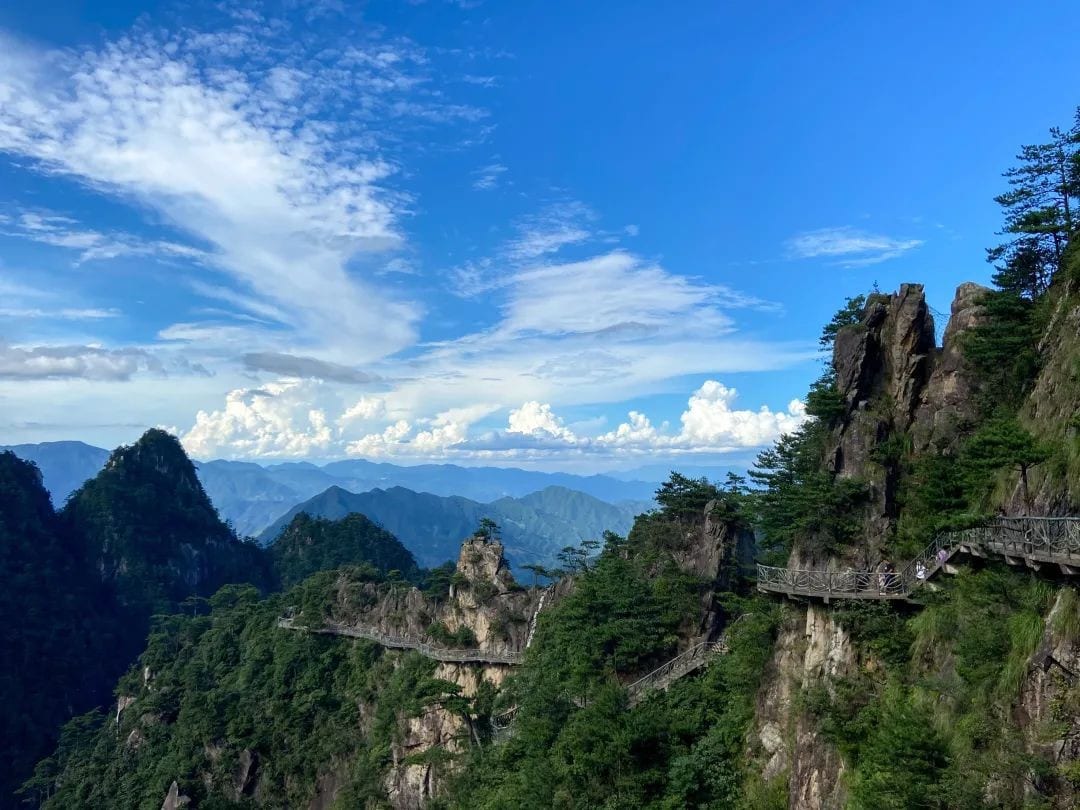
The best time to appreciate the water cypress forest is from late November to early December each year, when the cypress trees turn from deep green to golden red, creating layers of red like a painting.
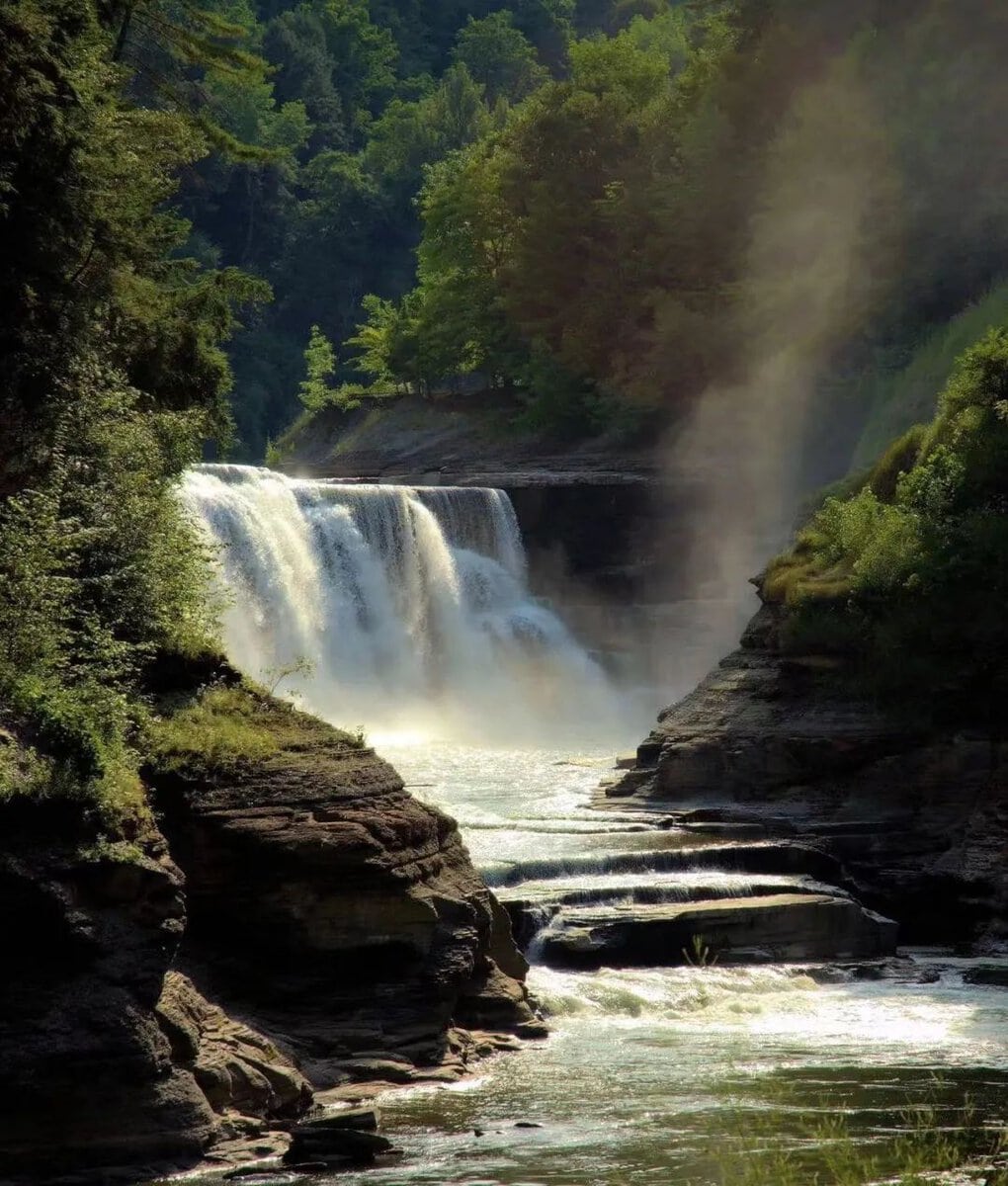
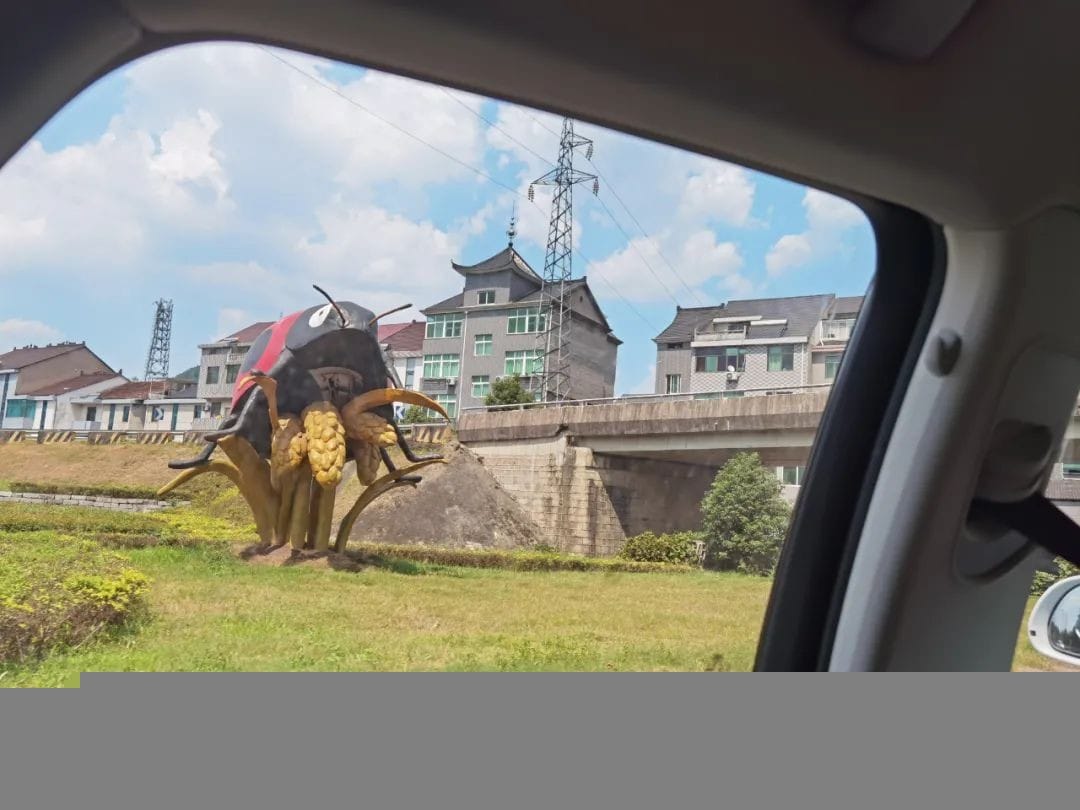
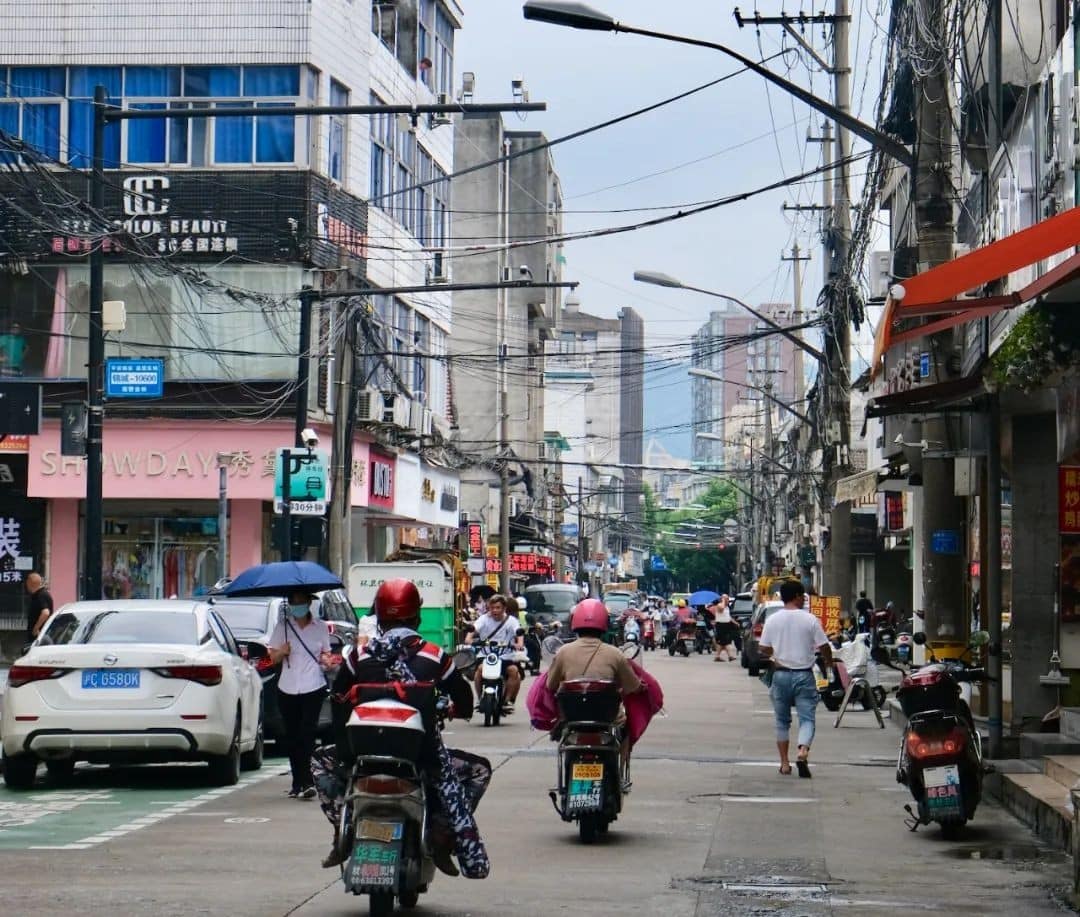
If you have a drone, be sure to bring it along for aerial photography. When you view Qingshan Lake from a different perspective, you’ll see the lake appear as if it’s studded with lychees, which is incredibly fascinating.
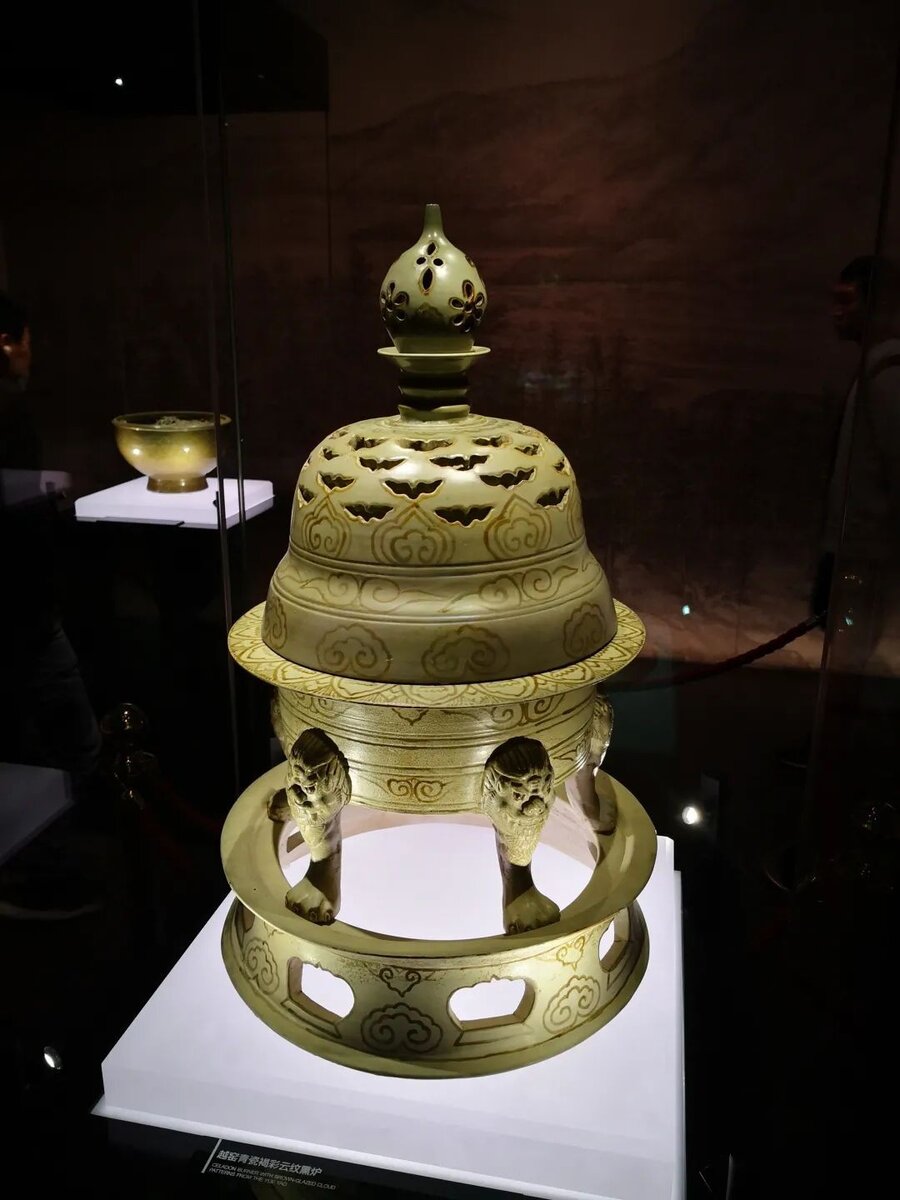
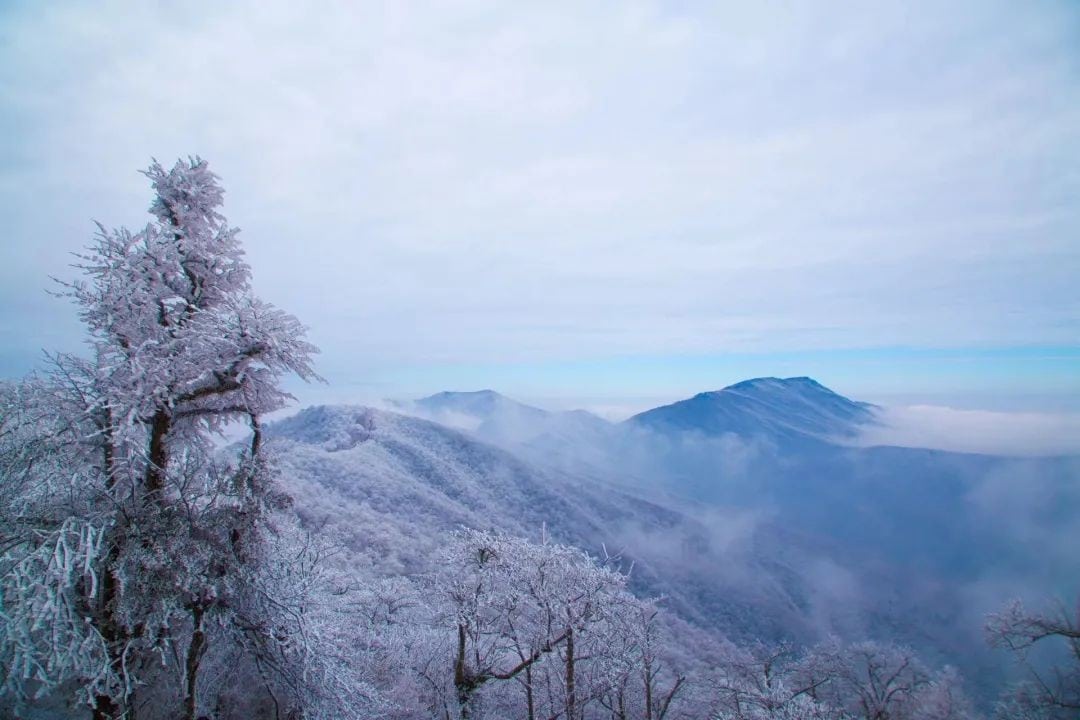
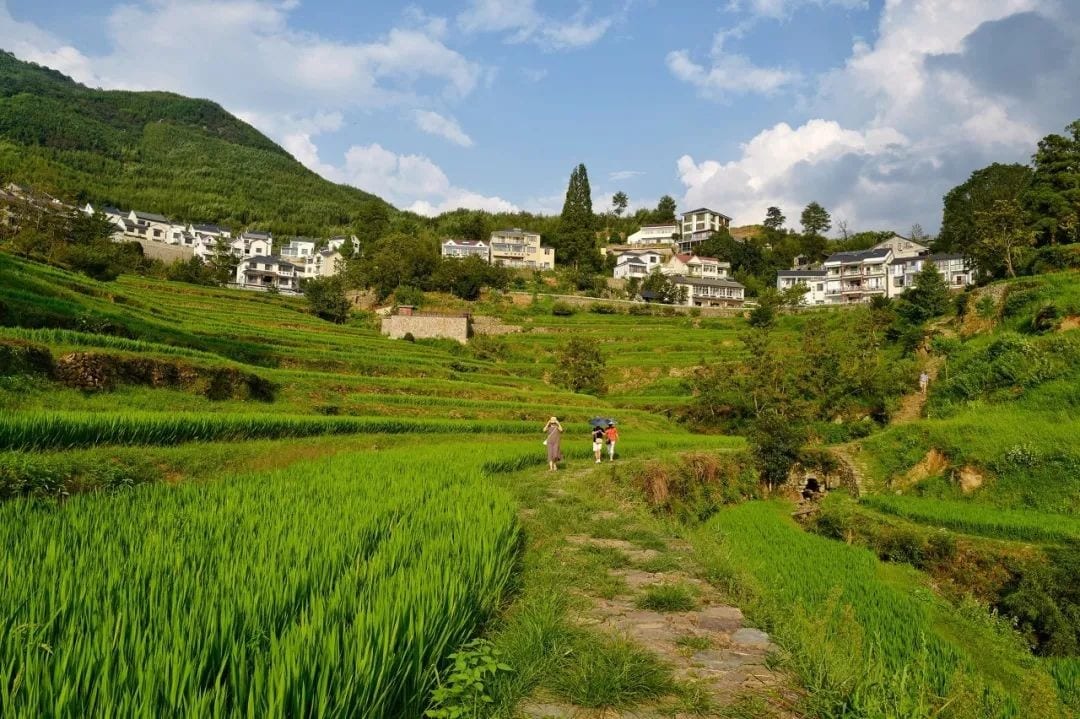
The park also features well-developed cycling paths. Recently, the sun in Hangzhou has been quite cooperative, making it perfect for renting shared bicycles or electric scooters to cycle around the lake. There are numerous rental points along the lakeside route. Even if you miss the redwoods, there’s no need to feel too disappointed, as the lakeside greenway is always scenic, regardless of the season.
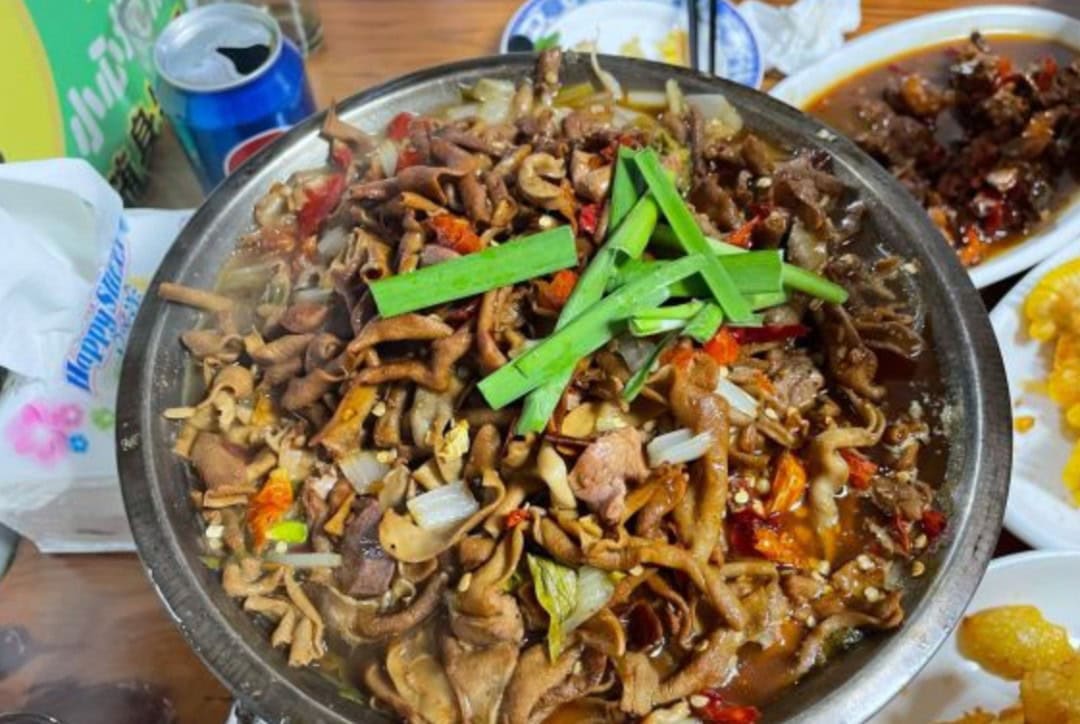
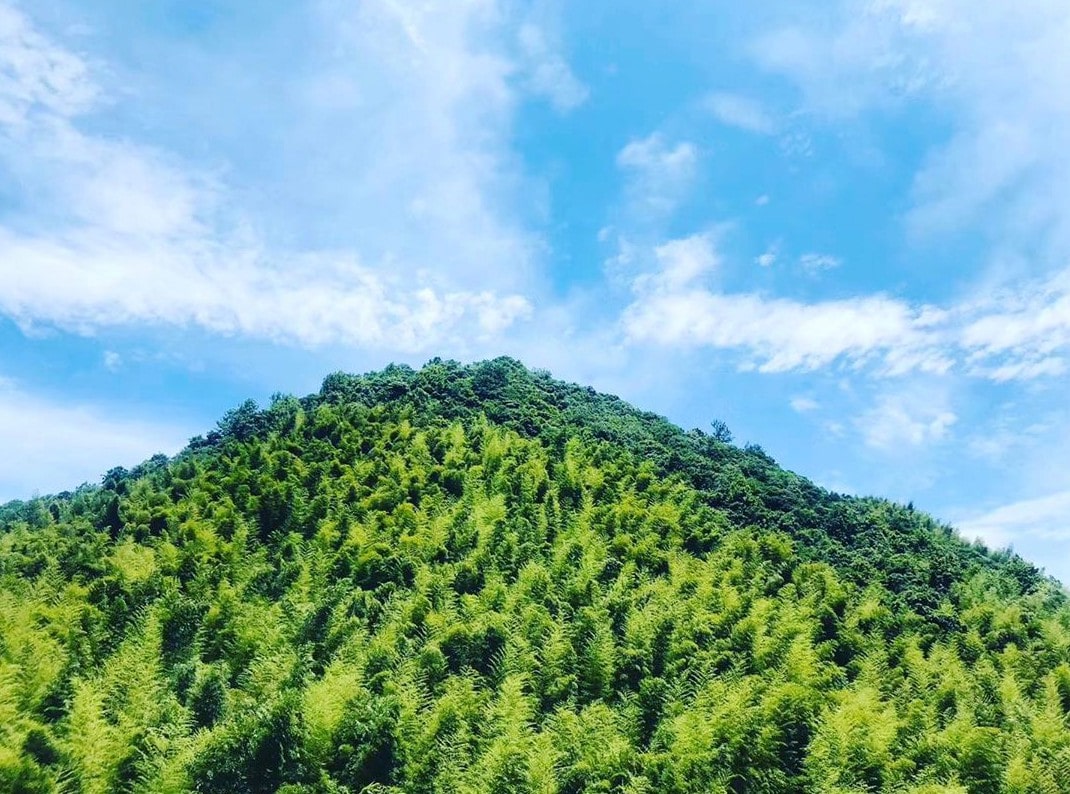
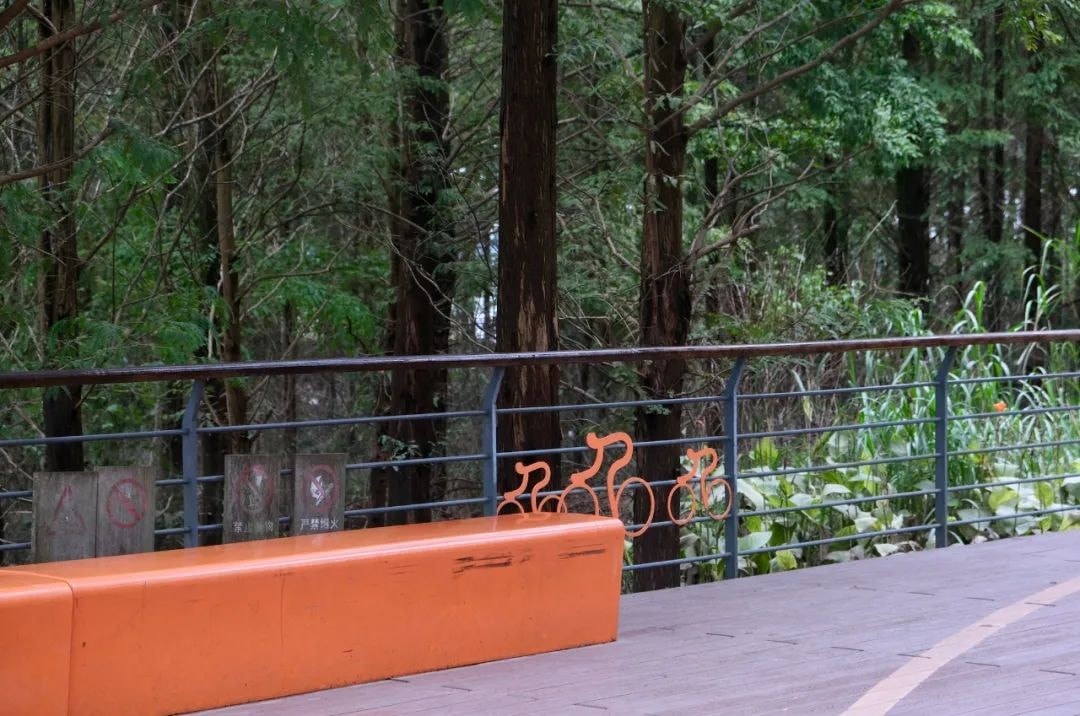
However, the shared bicycles and electric scooters within the scenic area are not cheap. For instance, the shared electric scooters cost 50 yuan per hour. Additionally, for those who are more professional, mountain bikes can be rented. Of course, on a nice day, simply strolling aimlessly along the lakeside greenway is also quite delightful.
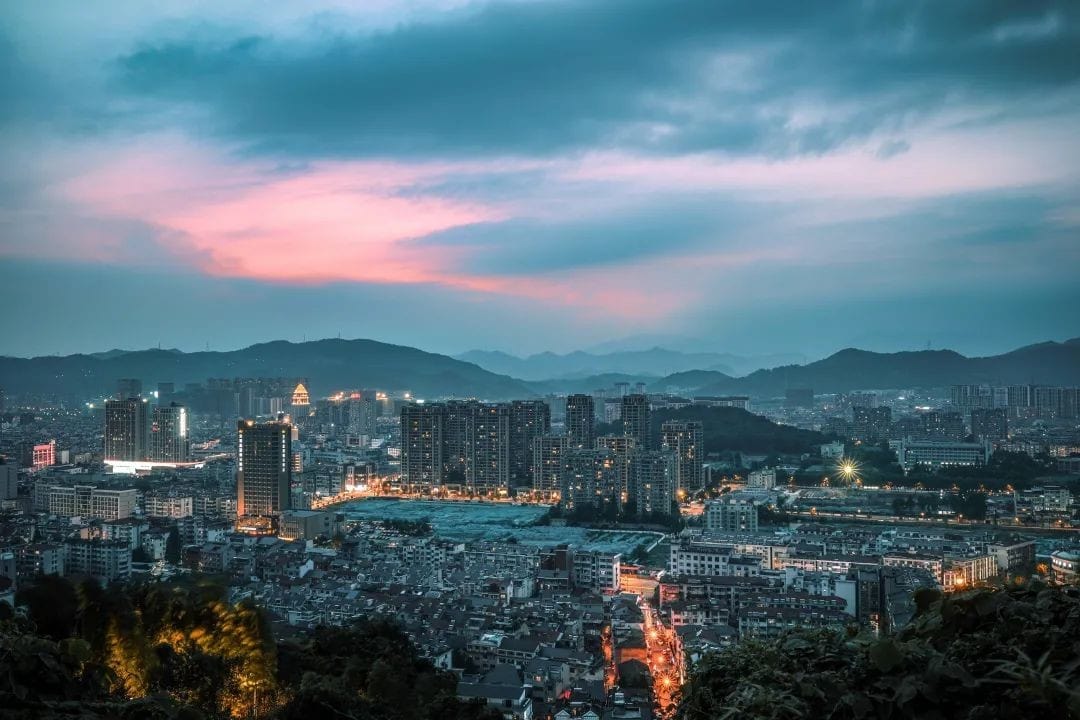
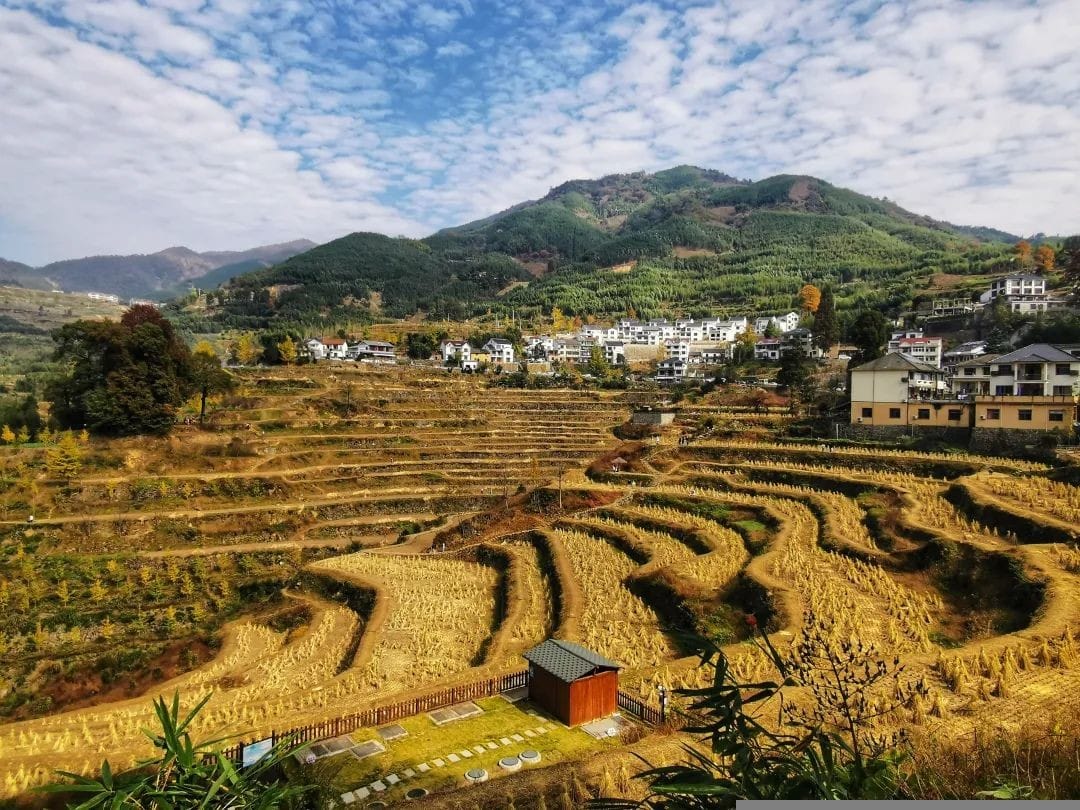
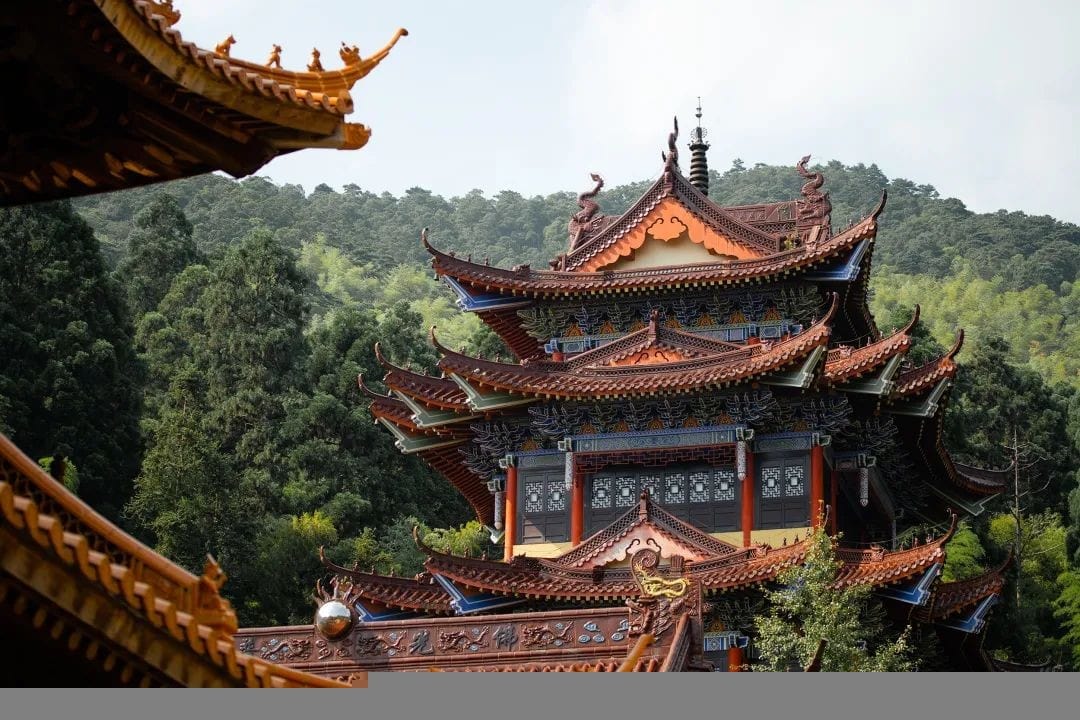
**Lin’an Museum**
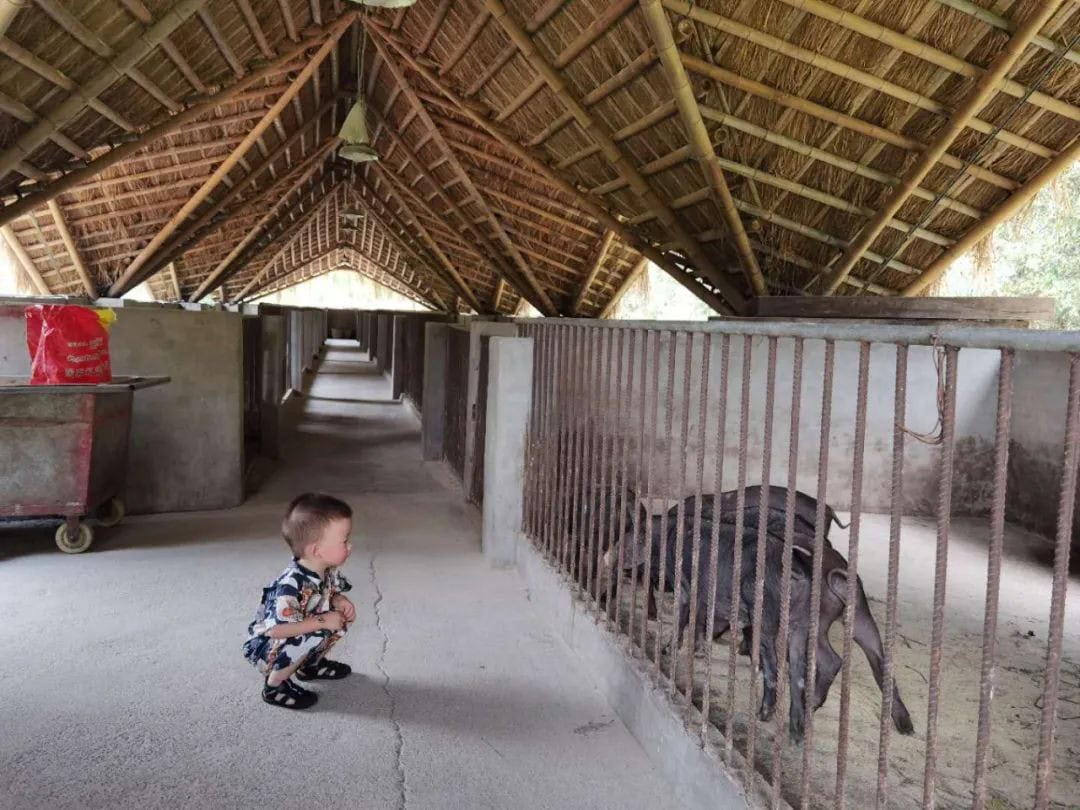
**Admission:** Free
**Opening Hours:** 09:00-17:00, last entry at 16:30 (closed on Mondays)
**Address:** No. 800, Tianmu Road, Jincheng Subdistrict, Lin’an District, Hangzhou
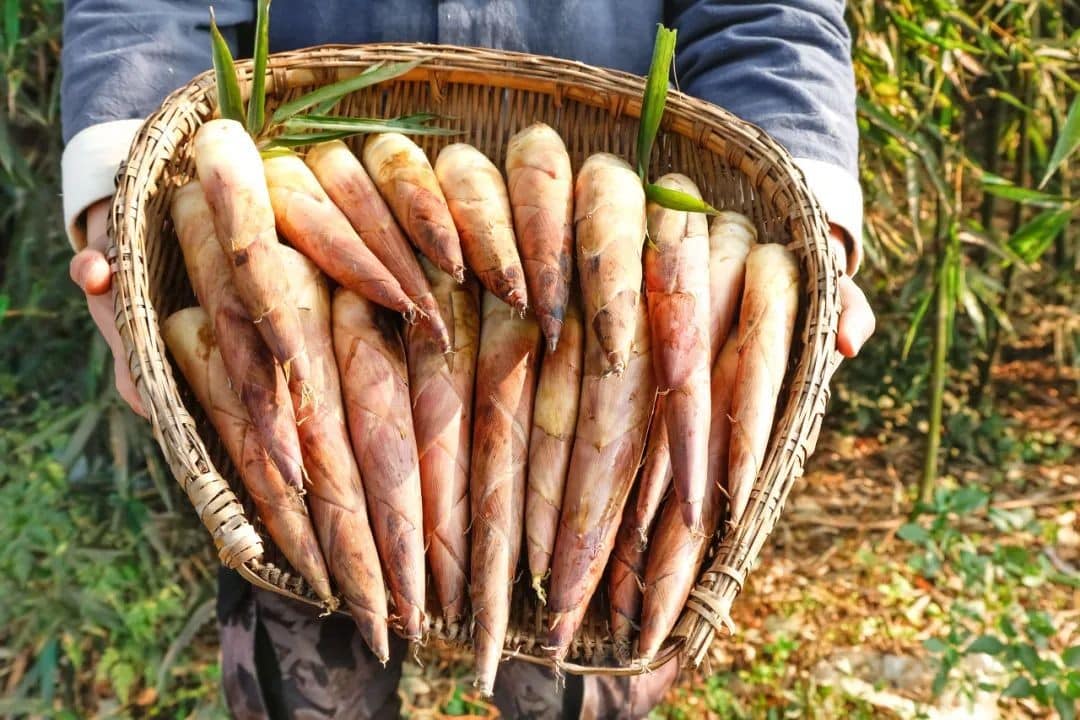
The first time I saw the Lin’an Museum, it felt somewhat familiar. The black bricks, earthen walls, and wooden suspension stairs bear a striking resemblance to the style of the China Academy of Art’s Xiangshan Campus. A quick check revealed that the architect is indeed Wang Shu.
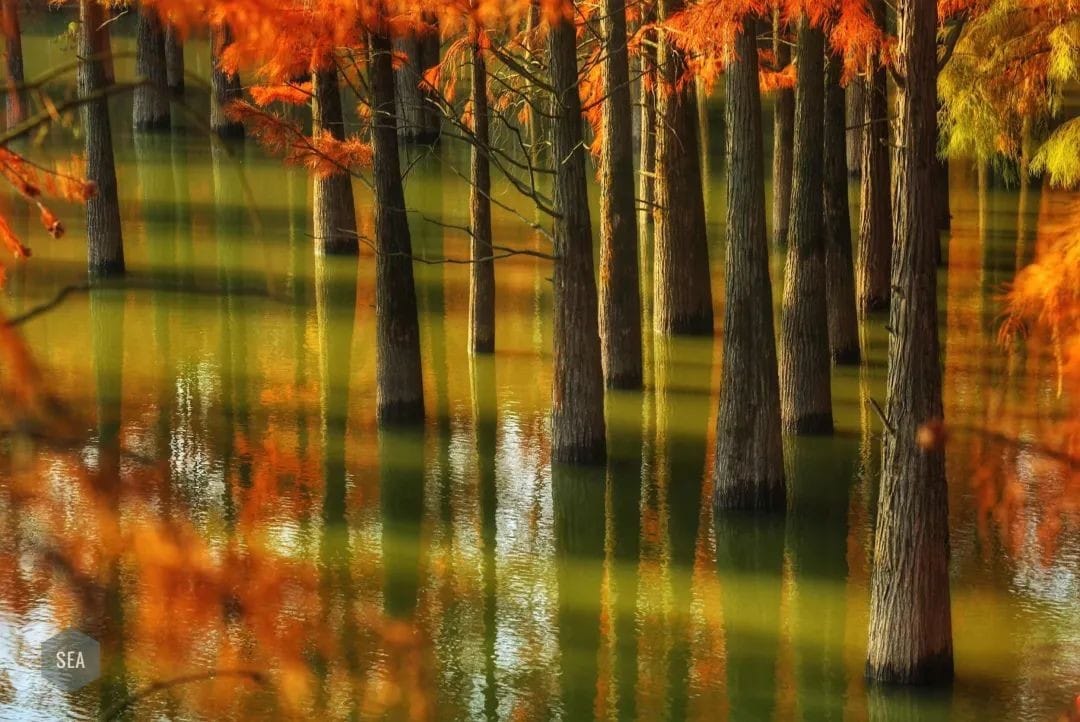
For architecture enthusiasts, even without the museum’s collections, a visit to the Lin’an Museum is well worth it. The layered tiles and stone details, the staggered courtyards, combined with Wang Shu’s signature Jiangnan landscape, make the beautiful structures and light and shadow alone worth the trip.
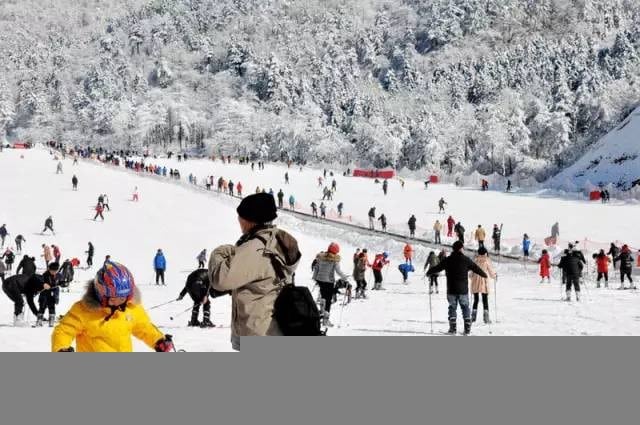
The Lin’an Museum is actually part of the Wuyue Historical and Cultural Park. It serves as a comprehensive encyclopedia of Wuyue history, with impressive collections. Out of the 18 national treasures in Zhejiang, three are housed in the Lin’an Museum: the celadon censer with brown glaze and cloud patterns, the celadon covered jar with brown glaze and cloud patterns, and the celadon oil lamp with brown glaze and cloud patterns.
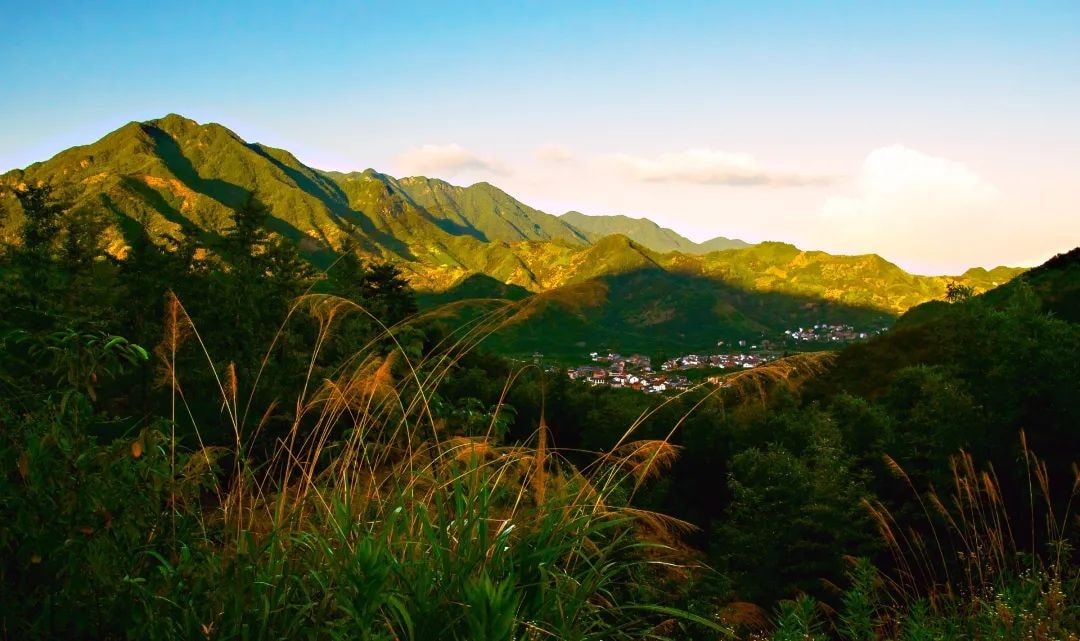
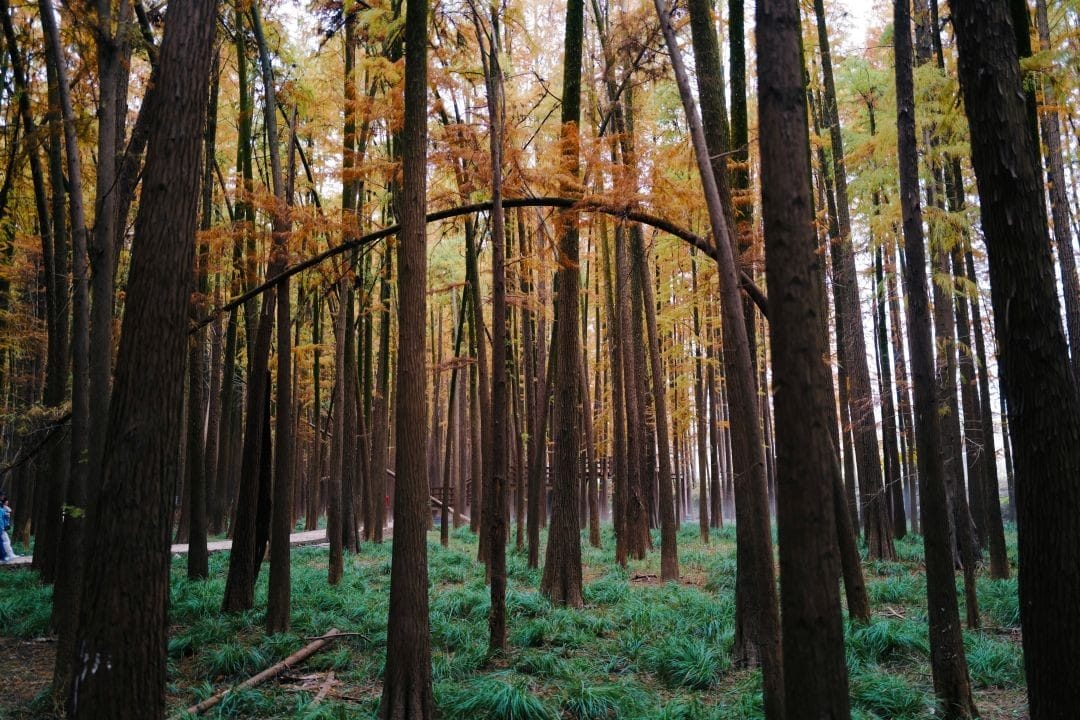
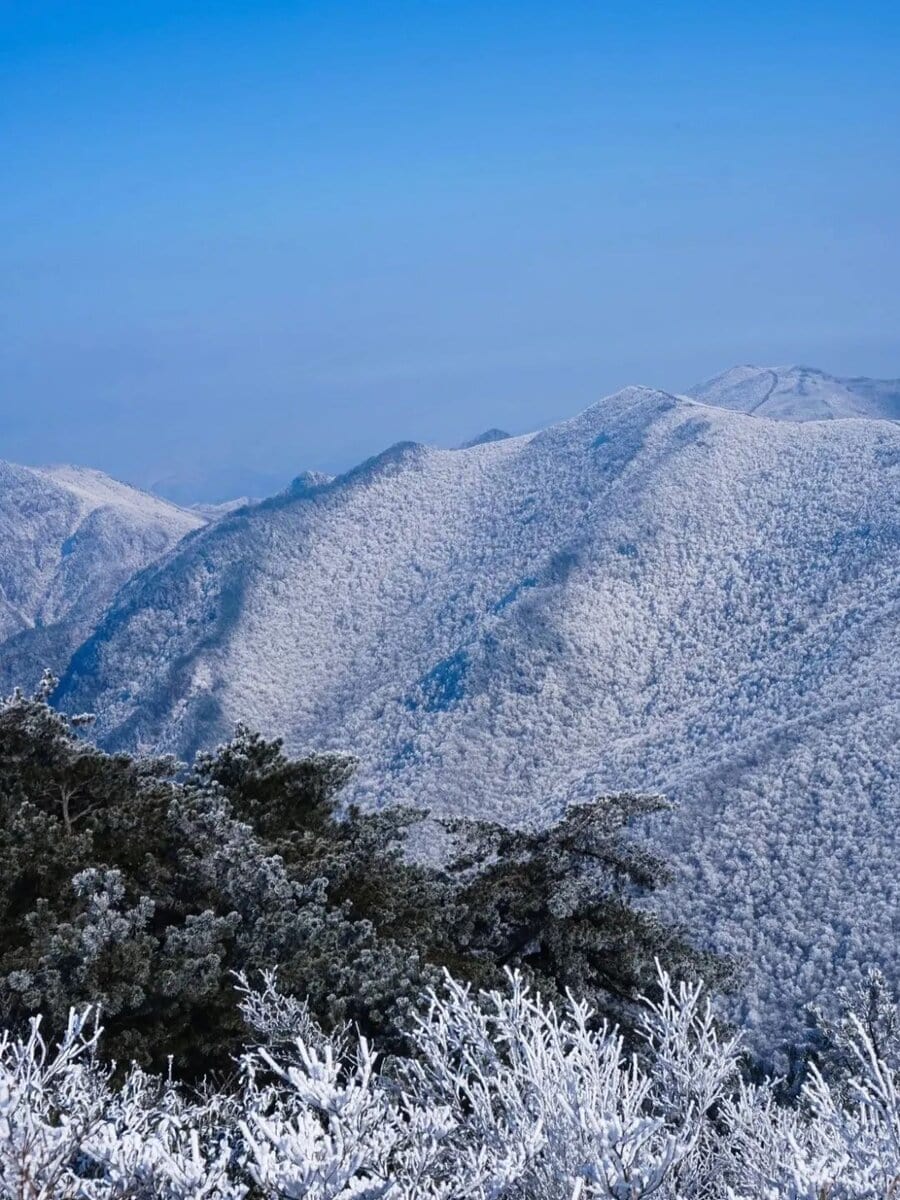
Among them, the celadon censer with brown glaze and cloud patterns from the Tang Dynasty is one of China’s first batch of national treasures prohibited from being taken out of the country. Seeing the actual object up close is far more impressive than any online image.
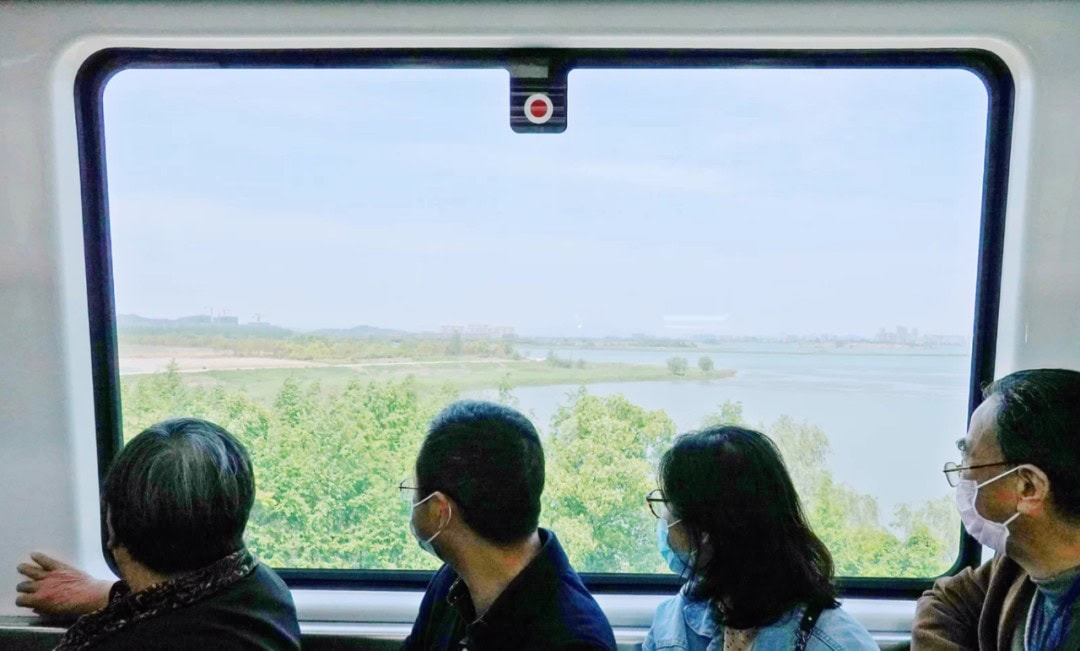
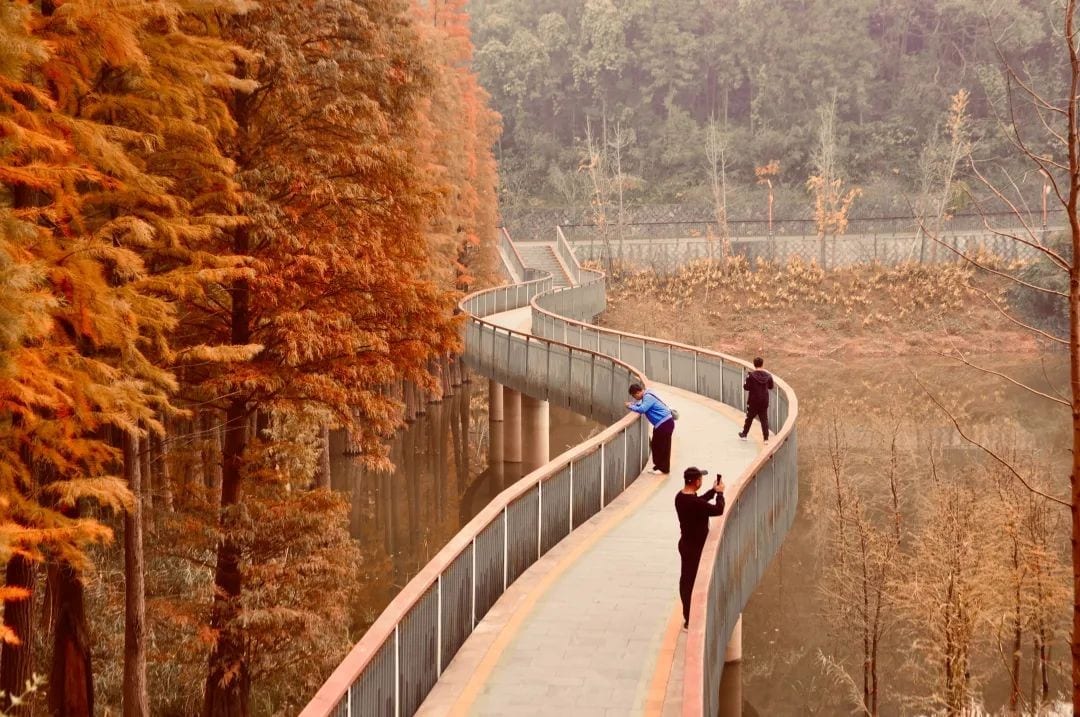
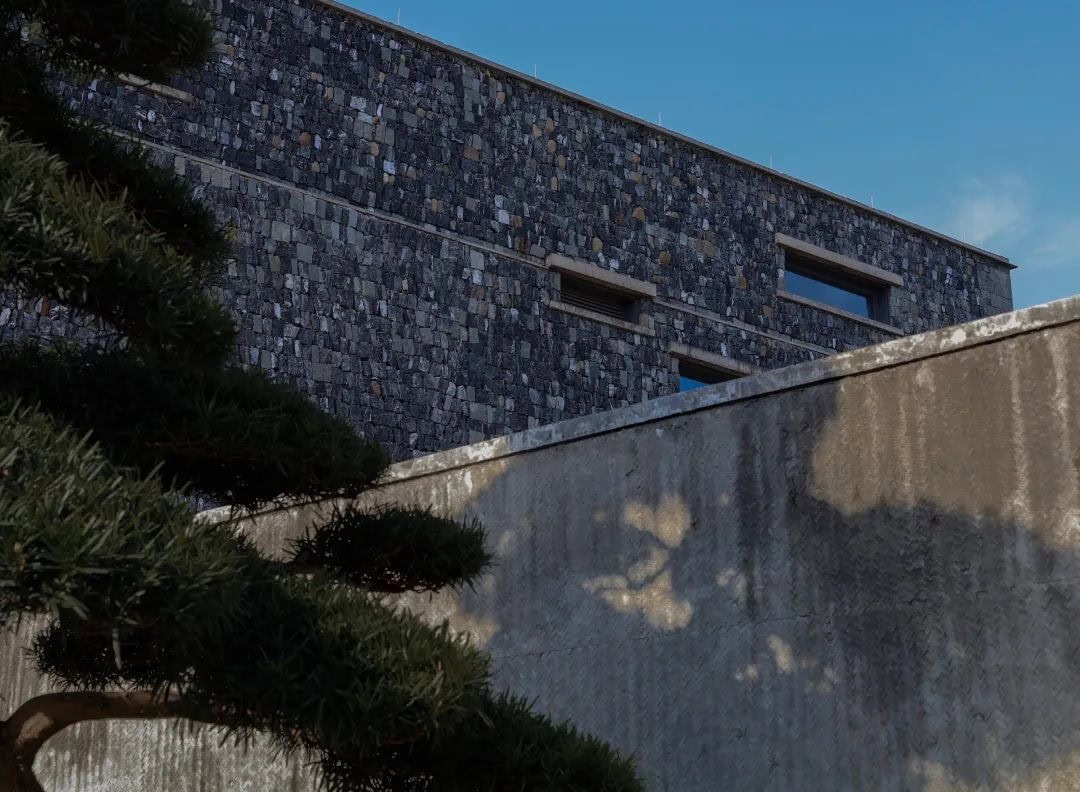
One aspect I particularly appreciate about the Lin’an Museum is the thoughtful display of exhibits. The artifacts are arranged in a well-organized manner, and the simple exhibit labels are easy to read.
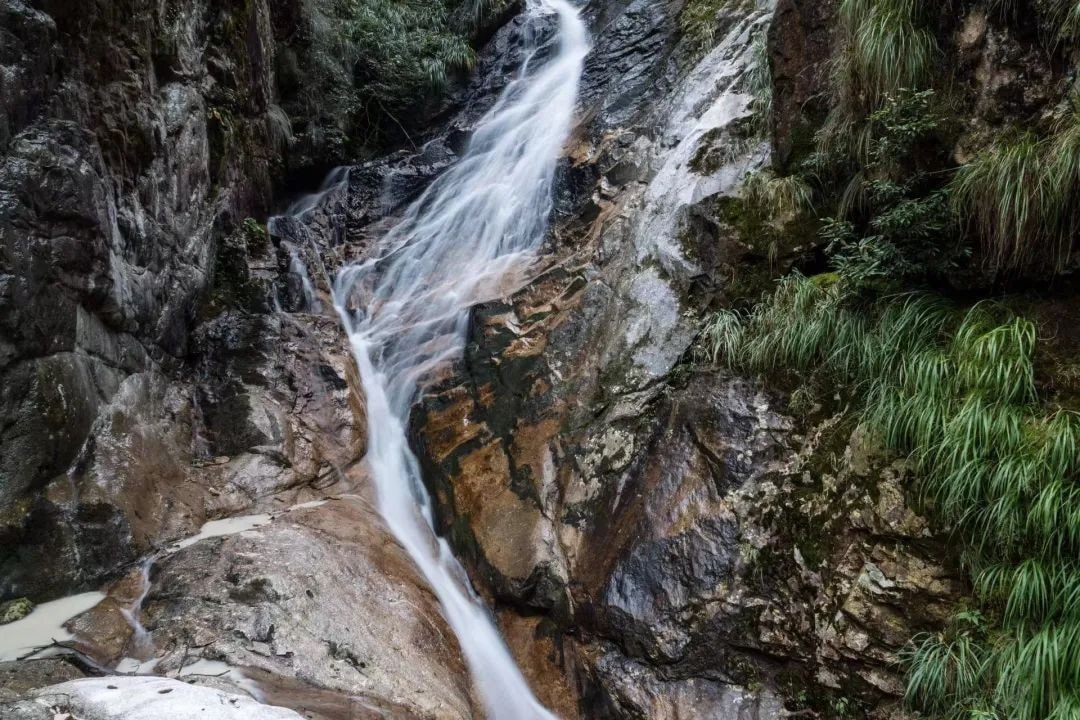
Moreover, the museum staff are all very warm and friendly, actively informing visitors about which exhibits are more worth seeing and which installations are more interesting. Overall, the atmosphere inside the museum is relaxed and joyful.
If you have time after visiting the Lin’an Museum, you can also visit Gongchen Mountain next to the museum. Gongchen Mountain is not very high, and it takes only about ten minutes to reach the summit, from where you can overlook the city of Lin’an.
**Zhinan Village**
**Admission:** Free
**Opening Hours:** All day
**Address:** Zhinan Village, Lin’an City, Hangzhou
Zhinan Village is located at an altitude of nearly 600 meters, with a forest coverage rate of over 93%. The village is nestled among the mountains, and the entrance is a terraced field, truly resembling the idyllic paradise described in books.
When you arrive at this village, you will inevitably envy the villagers who live here, as they can enjoy the picturesque scenery just by opening their windows. It’s such a blissful life.
Autumn is considered the most beautiful season in Zhuanan Village, as the arrival of autumn brings a gentle, warm glow to the entire village, thanks to the many ancient ginkgo trees that generously coat the area in a soft, golden hue. The vast expanse of yellow leaves perfectly captures the essence of the season.
However, I would argue that summer in Zhuanan Village is equally enchanting. Walking through the green terraced fields, it almost feels like being in the Japanese film “Little Forest.”
And let’s not forget the breathtaking beauty of spring, when the village is in full bloom. As for winter, it’s more about experiencing the local culture. Watching the elderly sit by their doorsteps, basking in the winter sun and chatting, or catching a performance at the village’s opera stage, where the audience is lively and warm, creates a sense of peace and comfort.
**Daming Mountain**
**Ticket Prices:** 50 yuan/person for the scenic area; 200 yuan/person for the skiing package
**Opening Hours:** 08:00-17:00, last entry at 14:30
**Address:** No. 158, Hengxi Bridge, Baiguo Village, Qingliangfeng Town, Lin’an City, Hangzhou
When it comes to Daming Mountain, most people think of skiing. However, after my own visit, I don’t particularly recommend skiing here.
Although it is the highest and largest snow-viewing and skiing paradise in East China, the actual open area is limited to beginner slopes, which are not very extensive. During holidays, the place becomes unreasonably crowded, significantly reducing the experience.
What I find most baffling is that there are only two ways to reach the Wansongling Ski Resort on Daming Mountain: either hiking for two hours or taking a cable car, with the latter having a waiting time of at least forty minutes. This inconvenient design drains much of one’s energy before even hitting the slopes.
However, Daming Mountain offers another way to enjoy it: hiking. The mountain boasts some of the most magnificent landscapes in Jiangsu and Zhejiang, and through hiking, one can cover most of the main attractions.
The walking trails, like a belt wrapped around the mountain, allow for an immersive experience amidst the scenery. Descriptions from textbooks about layered peaks and deep valleys suddenly become tangible.
If you have the stamina, I suggest hiking up and taking the cable car down. The cable car costs an additional 50 yuan for the descent. Alternatively, you can opt for the super slide, a unique way to descend. It’s not as fast as you might imagine, allowing you to control the speed, making it one of the most distinctive ways to get down the mountain.
**Tianmu Mountain**
**Ticket Price:** 108 yuan/person
**Opening Hours:** 07:30-17:00
**Address:** Tianmu Mountain Scenic Area, Tianmu Village, Tianmu Mountain Town, Lin’an City, Hangzhou
Tianmu Mountain can be further divided into East Tianmu and West Tianmu. Simply put, East Tianmu is known for its temples, while West Tianmu is famous for its natural scenery. Let’s start with East Tianmu, which has three main attractions: Zhaoming Zen Temple, West Waterfall Forest, and East Waterfall Canyon.
Zhaoming Zen Temple is located at an altitude of over a thousand meters, with every plant and tree carried up by hand from the foot of the mountain, reflecting a deep sense of devotion.
Historically, East Tianmu had significant exchanges with Japan in Buddhism. Many Japanese monks came here to study, and the Rinzai sect of Japanese Buddhism originated from East Tianmu Mountain. It is said that many aspire to practice here, but the temple has strict criteria for accepting disciples, only choosing those with the deepest connections, making it quite exclusive.
The Zhaoming Temple is always filled with the sound of Buddhist chants. If you have some faith in Buddhism, you can visit here, and it will heal you.
The East Waterfall Canyon is a typical gorge in the Tianmu Mountains, stretching 1.2 kilometers with an altitude of about 200-350 meters. The East Waterfall is a highlight of the entire canyon, with a height of 86 meters, and the water droplets splashing as it falls resemble pearls.
Compared to the East Waterfall Canyon, the waterfalls in the West Waterfall Forest are more delicate. Although the total drop of the waterfalls is about 360 meters, visually, they are not as spectacular as the East Waterfall. I personally prefer the West Waterfall because the surrounding lush forests and scenery are slightly superior. By the way, the Rainbow Bridge in the West Waterfall Scenic Area is the best spot for viewing the waterfall, and it is said that rainbows are often seen here.
Recently, the stunning hoarfrost on Dragon King Mountain added another attraction to the East Tianmu Mountains. Seeing large areas of hoarfrost without traveling to Changbai Mountain is quite tempting for someone from the south like me.
Dragon King Mountain is actually one of the seven peaks of the Tianmu Mountains, with an altitude of nearly 1600 meters. It is always rich in water vapor and has low temperatures, which just meet the strict formation conditions for hoarfrost, creating a breathtaking hoarfrost forest at the summit. However, to witness such a sight, one must be prepared for warmth and the endurance to climb for several hours.
Next, let’s talk about West Tianmu. Here, the vegetation coverage rate is as high as 95%, and it gathers over two thousand species of plants, earning it the titles of “Natural Botanical Garden” and “Kingdom of Big Trees.” If you want to see trees to refresh your eyes or want to deeply immerse yourself in nature to relax, West Tianmu Mountain is an excellent place.
The grove of Chinese firs in West Tianmu is world-renowned, with over five hundred trees aged five hundred years or more. It is said that there is a “Big Tree King” with a tree age of over four thousand years, a miracle in the world. Unfortunately, due to human destruction and environmental impacts, the Big Tree King has been dead for over eighty years, which is truly a pity.
The peak of East Tianmu Mountain has Dragon King Mountain, and West Tianmu has Xianren Peak, with an altitude of over 1500 meters. From the top, the mountains seem to crowd into your view, with layers of mountain waves undulating. Such a high concentration of green feels like doing eye exercises. On a clear day, you can also overlook the Qiantang River from Xianren Peak.
There is also a Zen Source Temple in West Tianmu Mountain. Although the entrance looks ordinary, it reveals a different world inside. This is a place where many eminent monks have emerged over the generations. The temple is built against the mountain, with bright architectural colors and various poses of Buddha statues inside the hall.
**Taiyang Town**
**Admission:** Free
**Opening Hours:** All day
**Address:** Taiyang Town, Lin’an District, Hangzhou
Although Taiyang Town is close to Hangzhou, it has only become slightly popular in the past two years, and not many people know about it. Compared to the bustling Moganshan filled with guesthouses, Taiyang Town is quiet, clean, and has large organic farms, perfectly integrating ecology and living environments.
During the day, you can stroll around the village, seeing rice fields, beehives, and very well-designed pigpens. If you’re lucky, you might even encounter large white geese strolling around.
At night, there are tent camps where you can stay, and various activities are arranged. For example, in the summer, you can watch outdoor movies and catch fireflies.
Not only is it beautiful and fun, but it’s also delicious. The field meals at the local Sun God Commune cost around 100 yuan per person, with tables set up in the fields. Whatever is in the fields is cooked, with vegetables freshly picked and chickens stewed in iron pots, very natural. In short, time in Taiyang Town seems to move at 0.5x speed, with everyone focusing their energy solely on each meal. I guarantee that once you visit, you’ll definitely want to come back a second time.
I think the attractions in Lin’an that are worth visiting are all listed here. If you’re a bit overwhelmed, here’s a small summary from me.
For friends in the Yangtze River Delta who want a leisurely day trip, I highly recommend the Lin’an Museum—Gongchen Mountain—Dining in Lin’an Old Town (specific city food guide here).
Next is Qingshan Lake—Dining in Lin’an Old Town. Walking around Qingshan Lake is truly very fulfilling.
If you prefer mountain climbing and hiking, you can visit Daming Mountain or Tianmu Mountain. The former is more relaxed, and there are options like cable cars and slides for the descent, which is more friendly for lazy people like me.
For family trips, Zhinan Village and Taiyang Town are two places I highly recommend. Not only are the views beautiful, but children can also interact with the villagers, experiencing a different way of life, which can be quite interesting.
I’ll highlight some seasonal beauty spots for you, so don’t miss them:
1. Red Cedar Forest in Qingshan Lake during autumn (best viewing time: late November to early December)
2. Ginkgo Leaves in Zhinan Village during autumn (best viewing time: late November to early December)
3. Terraced Fields in Zhinan Village during summer (best viewing time: July to September)
4. Winter Rime on Longwang Mountain (best viewing time depends on the weather)
🥩🍗🍲
Eating in Lin’an: Delicious Meals All Day
With the travel routes planned, it’s time to talk about Lin’an’s cuisine. First and foremost, Lin’an is famous for its bamboo shoots and mountain walnuts.
While other places might only enjoy bamboo shoots during certain seasons, Lin’an people enjoy them all year round. The best bamboo shoots in Lin’an come from the foothills of Tianmu Mountain, especially the spring shoots just emerging from the ground, which are incredibly crisp and tender.
As for mountain walnuts, it’s fair to say that the better-tasting ones nationwide mostly come from Lin’an.
These walnuts ripen in September. Despite their small size, the process to make them delicious is meticulous. Farmers first knock the nuts down with bamboo poles, then go through processes like initial roasting, salting, and re-roasting to achieve the final taste.
Besides these classic Lin’an delicacies, you can find hot and delicious food in the old town area. Unlike the major scenic spots in Lin’an where you often need to drive for at least half an hour, the old town is quite small, so you can walk around and gather all the good food, which is very convenient.
I mainly recommend two streets: Lvjia Lane and Yijin Street. These streets are very close to each other, and there are many small stalls that have been around for decades. I’ve listed the names of the shops, and for detailed introductions, you can click here to jump to Guagua’s previous article.
Lvjia Lane: Luo’s Fried Pastries, Weimin Noodles, Aichao Noodles, Lvjia Lane Glutinous Rice
Yijin Street: Yipin Bone-in Fried Chicken, Laio Bread Commune, Four Seasons Square Cake, Qingshan Old Noodle Shop, Yijin Snacks
Additionally, Ajun Restaurant is a place I always visit when I go to Lin’an. The duck intestine hot pot and vinegar chicken are must-orders.
Unlike many scenic spots where the surrounding food options are scarce, Lin’an has many delicious foods hidden in the mountains. The local farmhouses here are almost the model for the entire Zhejiang province, and it’s very unlikely to have a bad meal, making it a happy place for food lovers.
///
This weekend, Lin’an happens to be sunny. If you haven’t decided on your plans yet, why not take an impulsive trip to Lin’an for a day or two? Trust me, it definitely won’t disappoint you.
: ,,。,,~
:、、、
:、、、、
,,。
,,,,。
///
,,,,。


